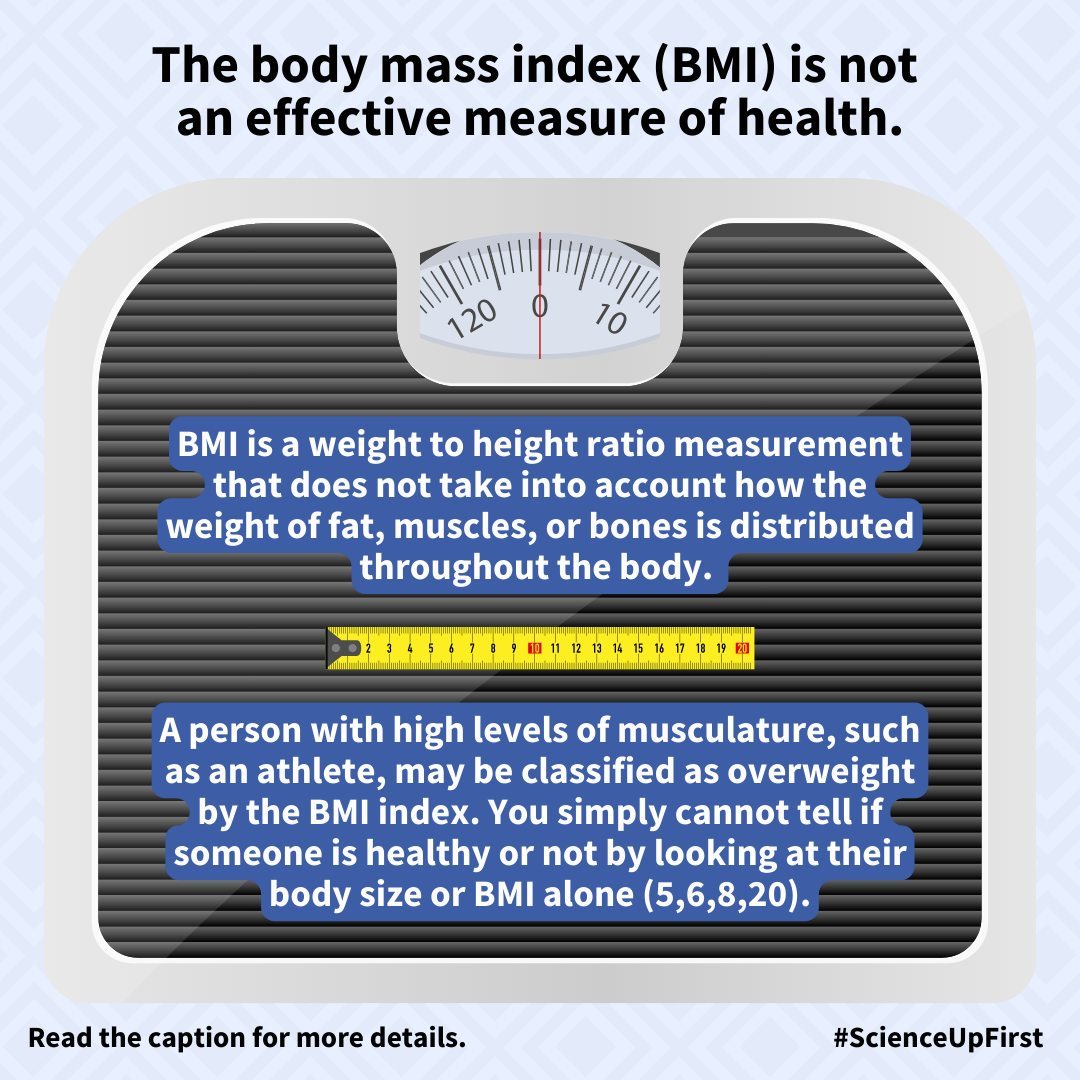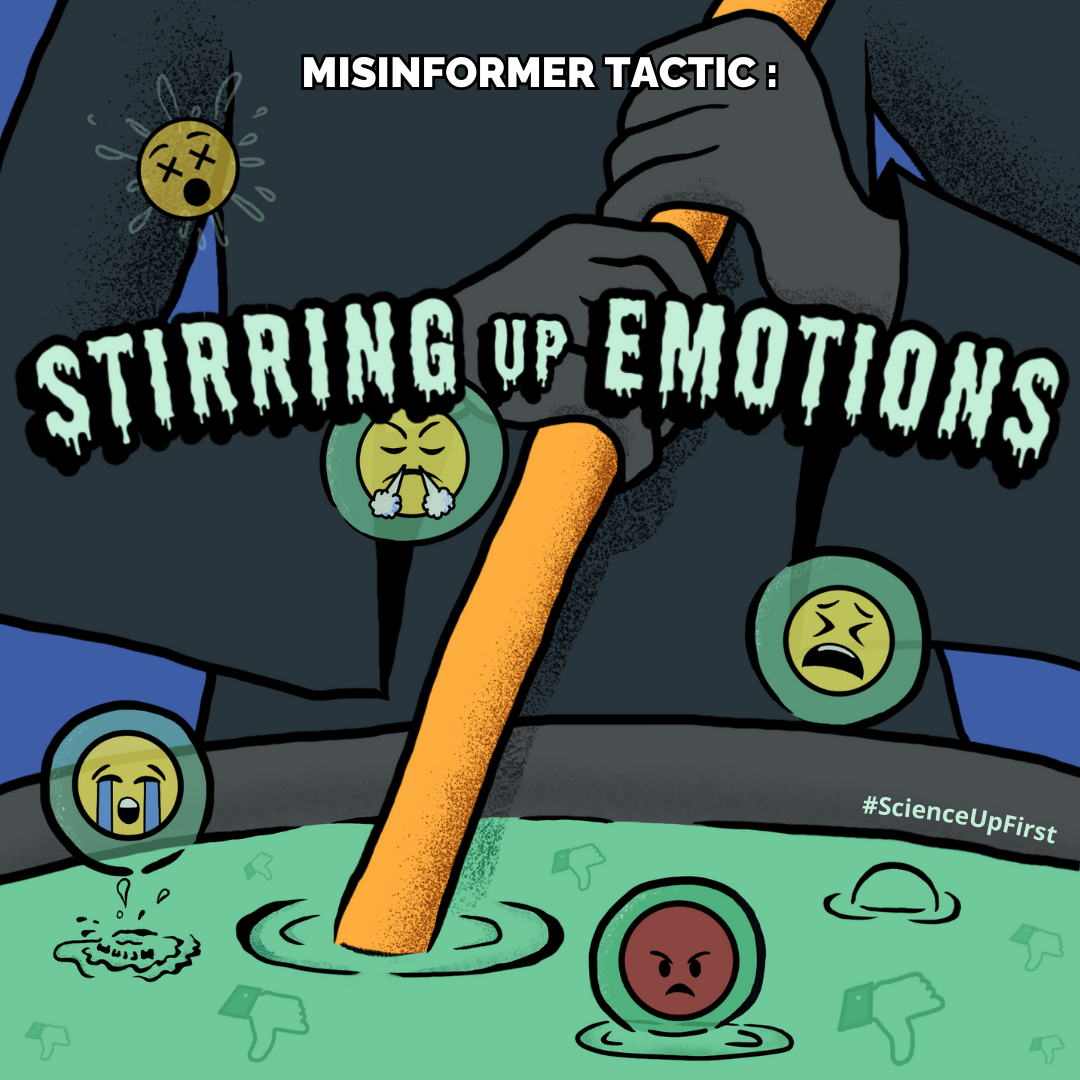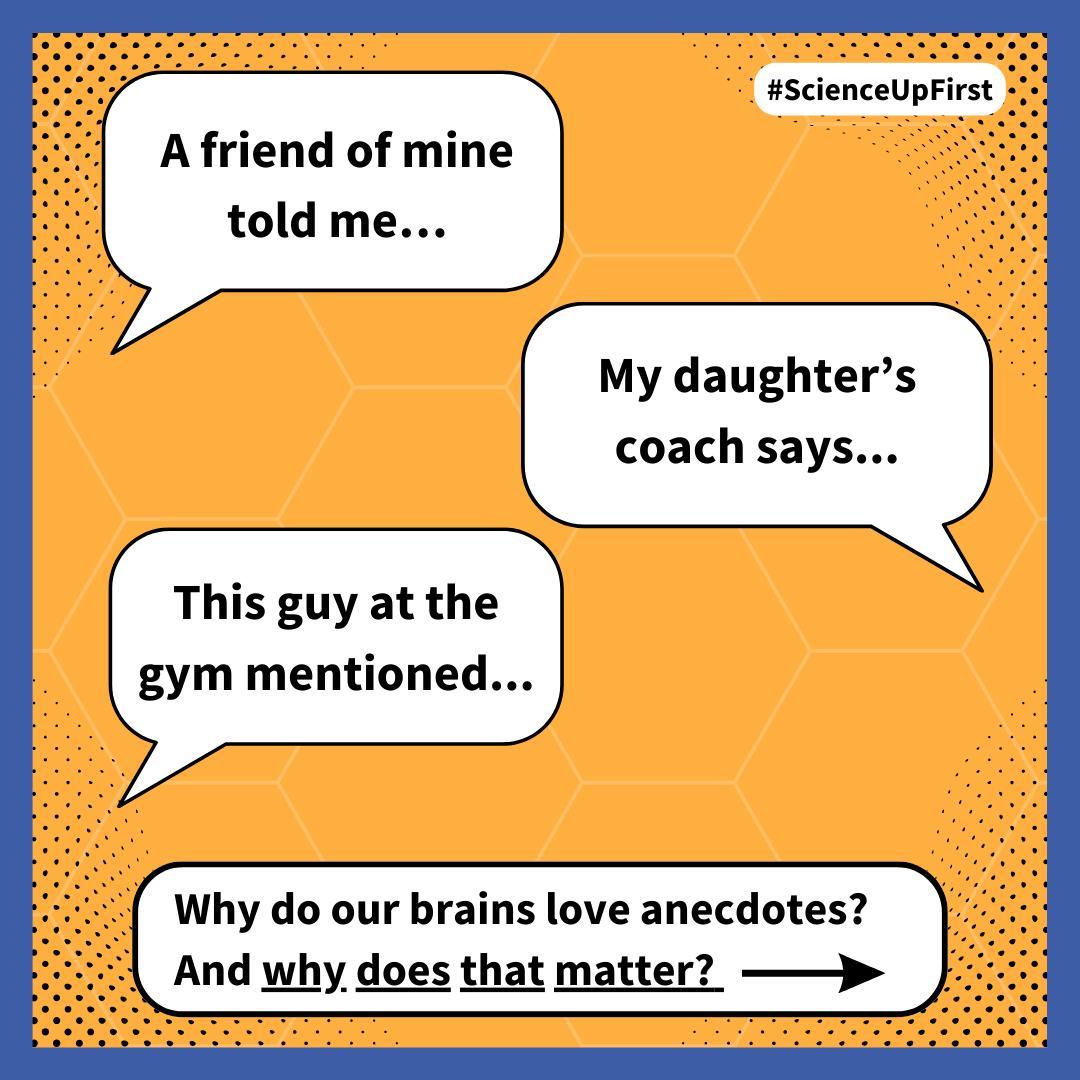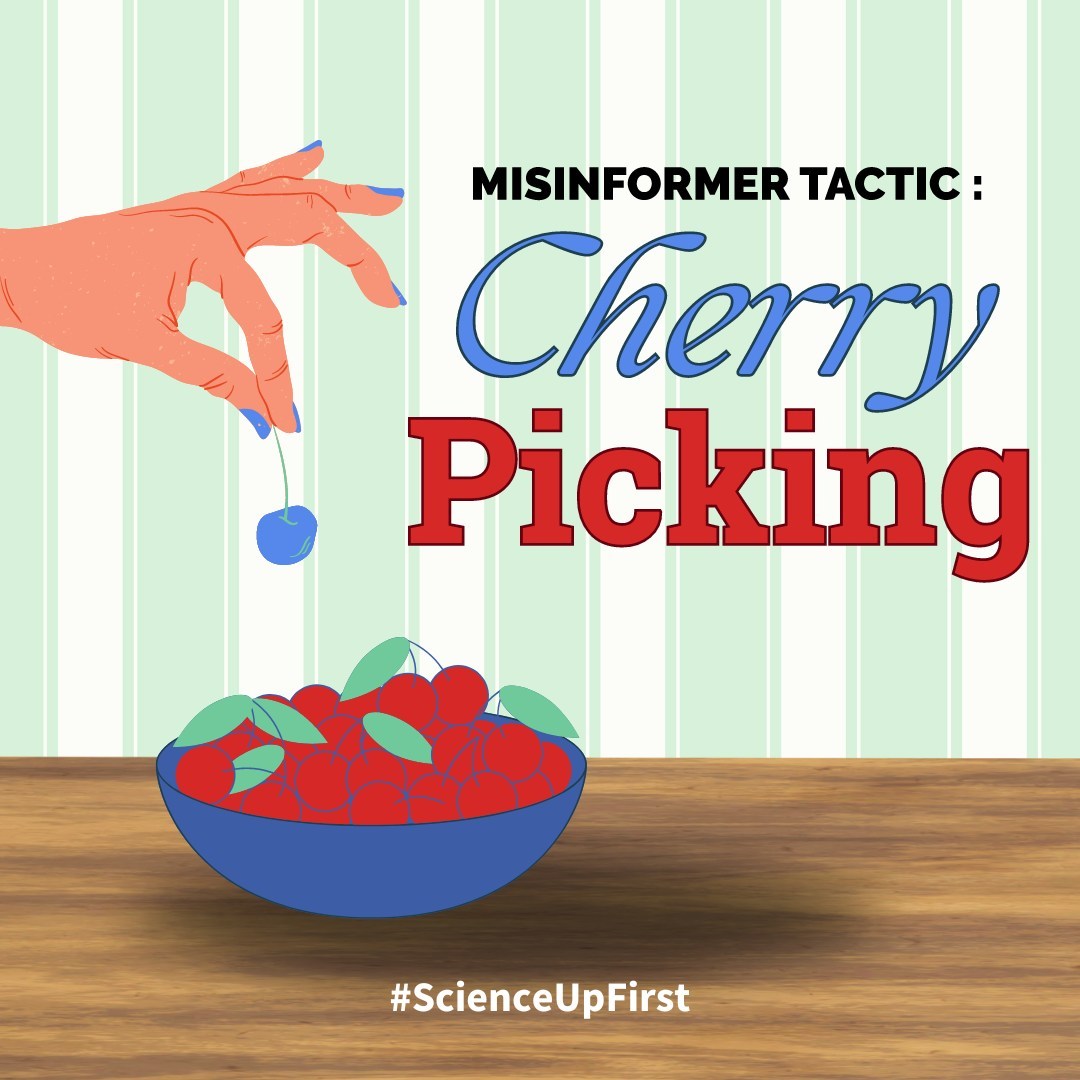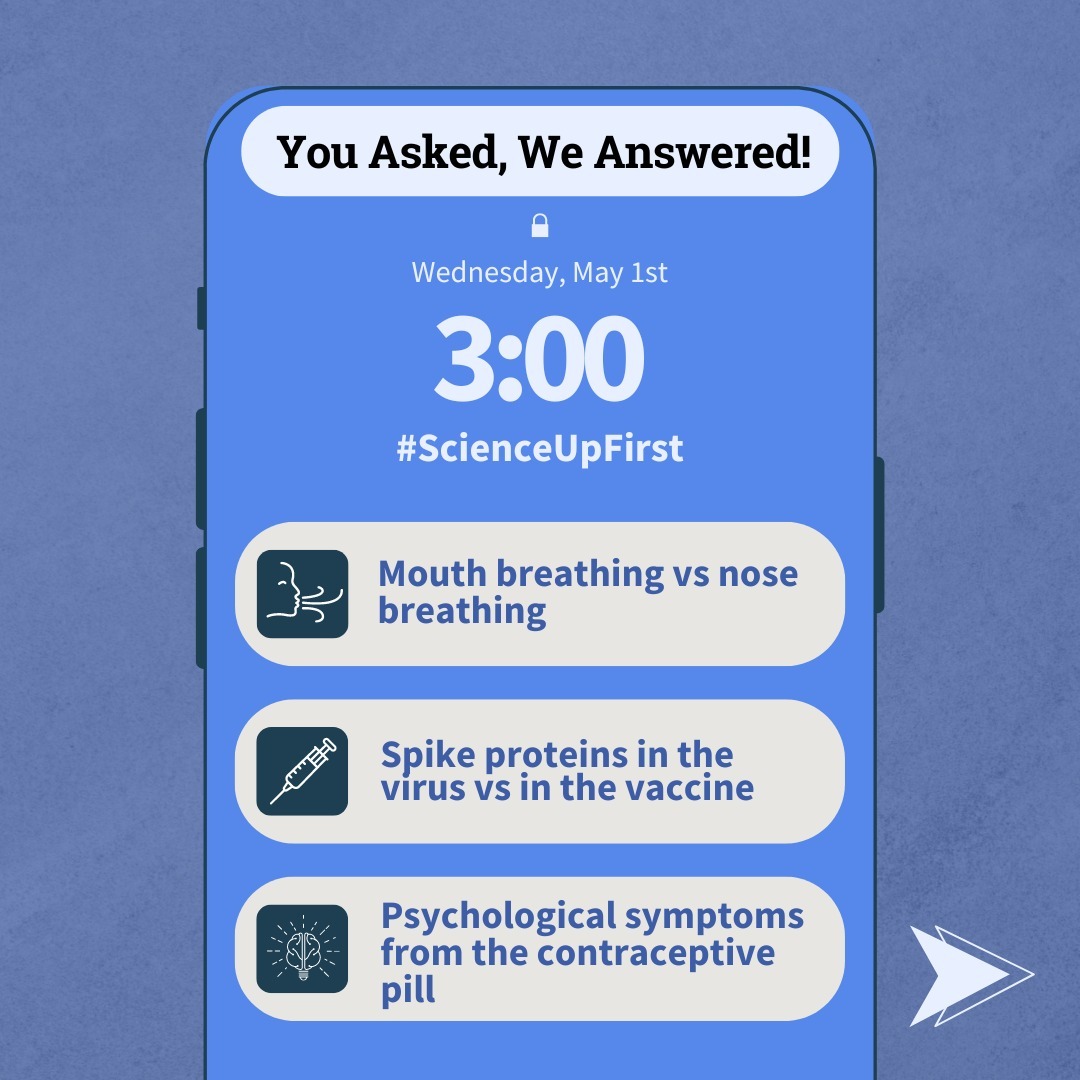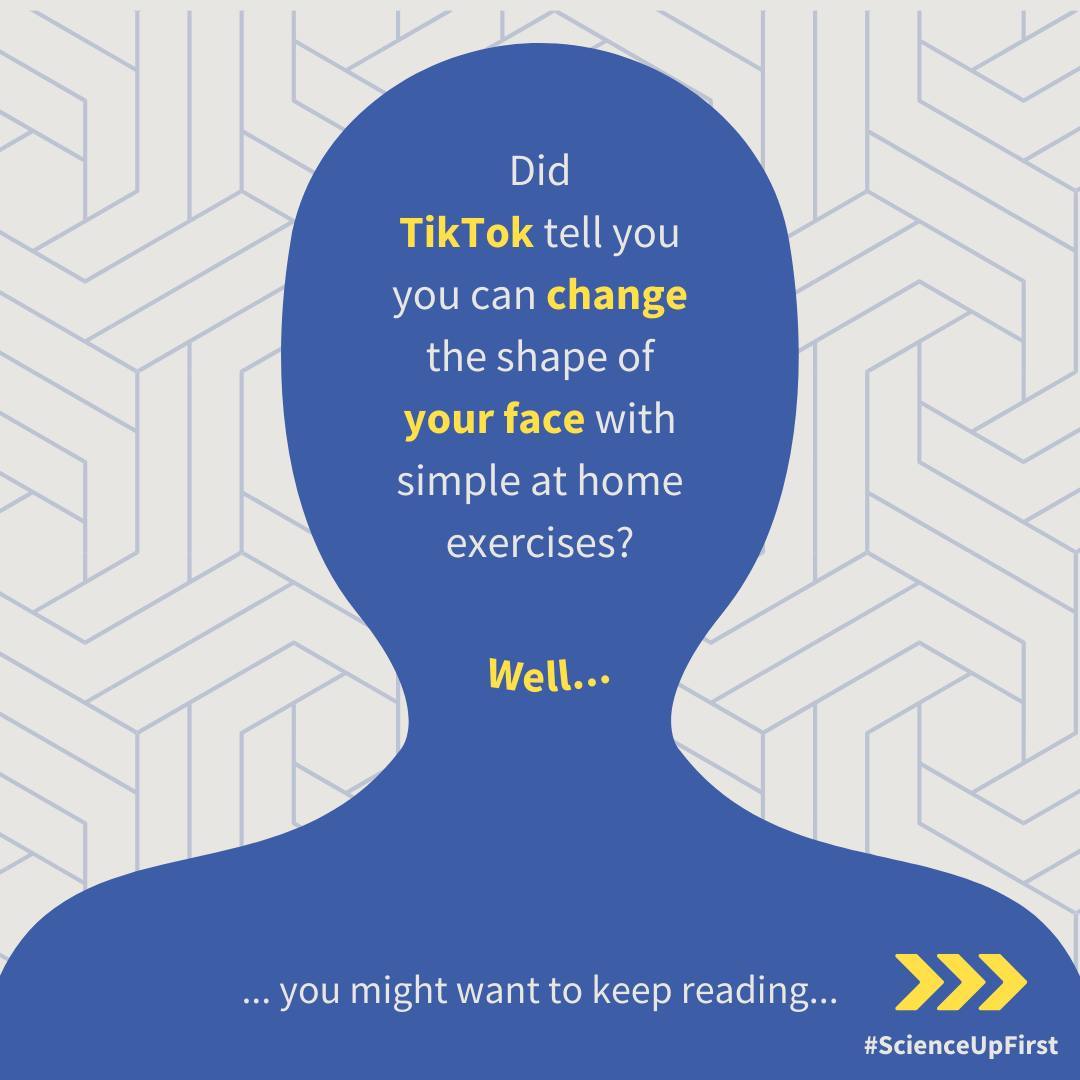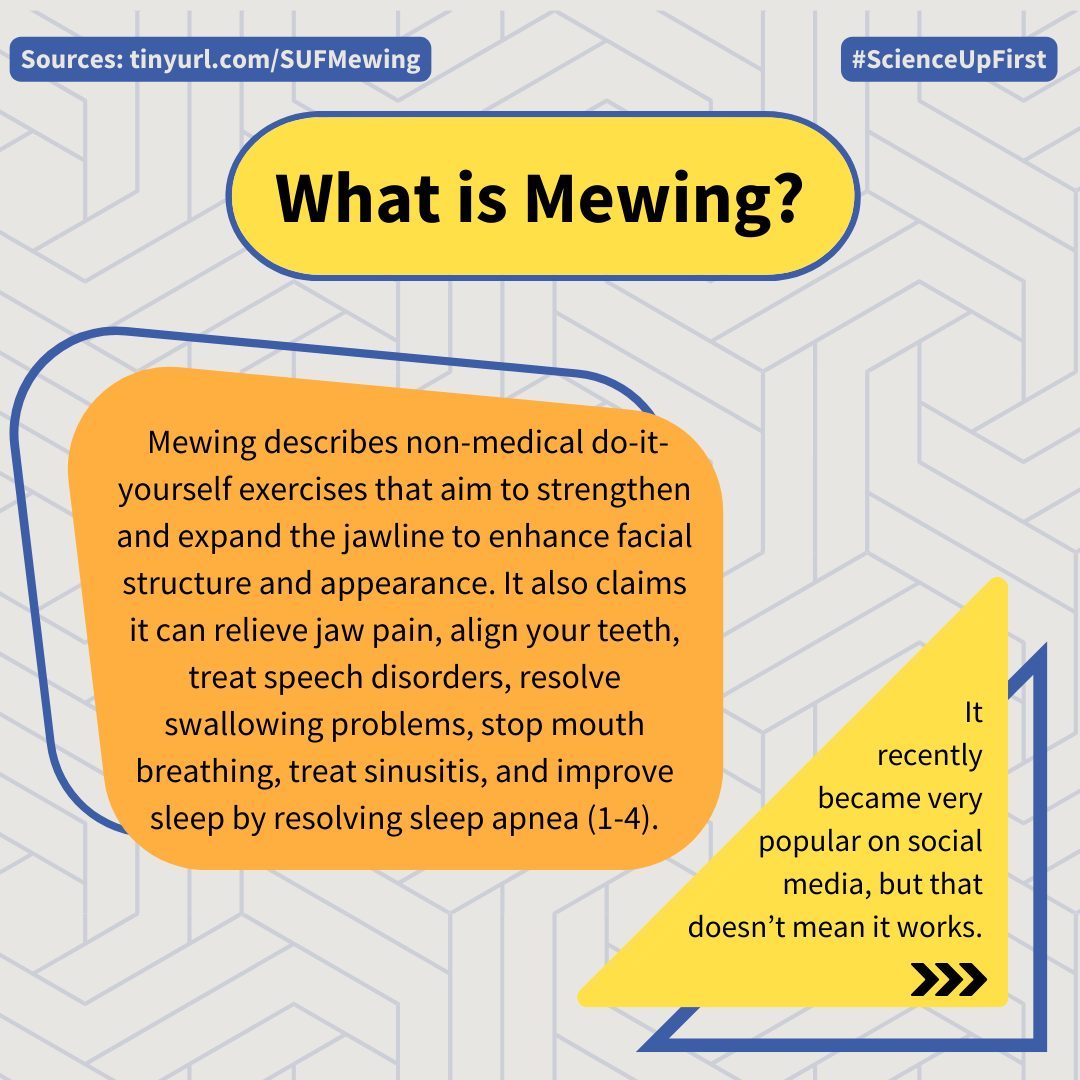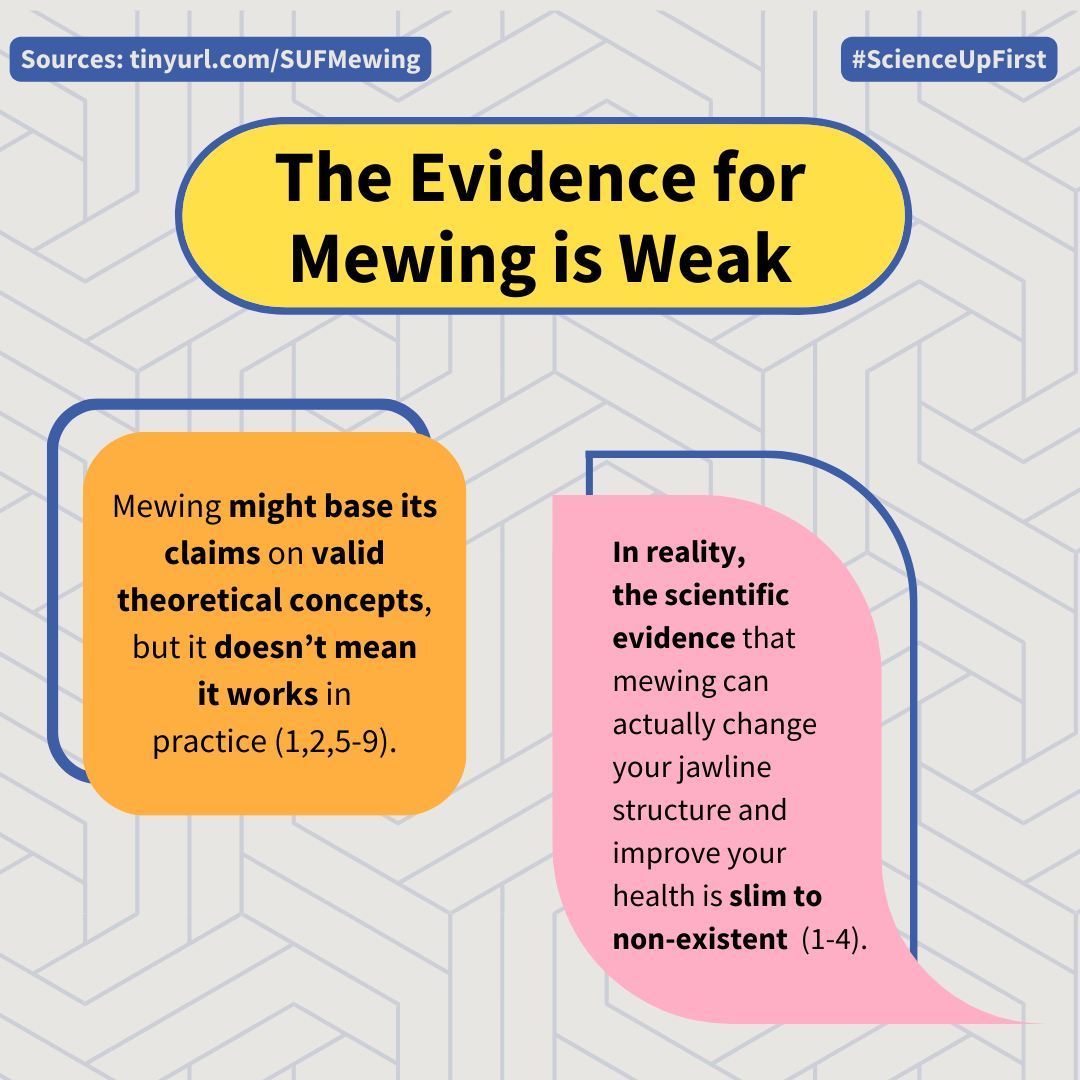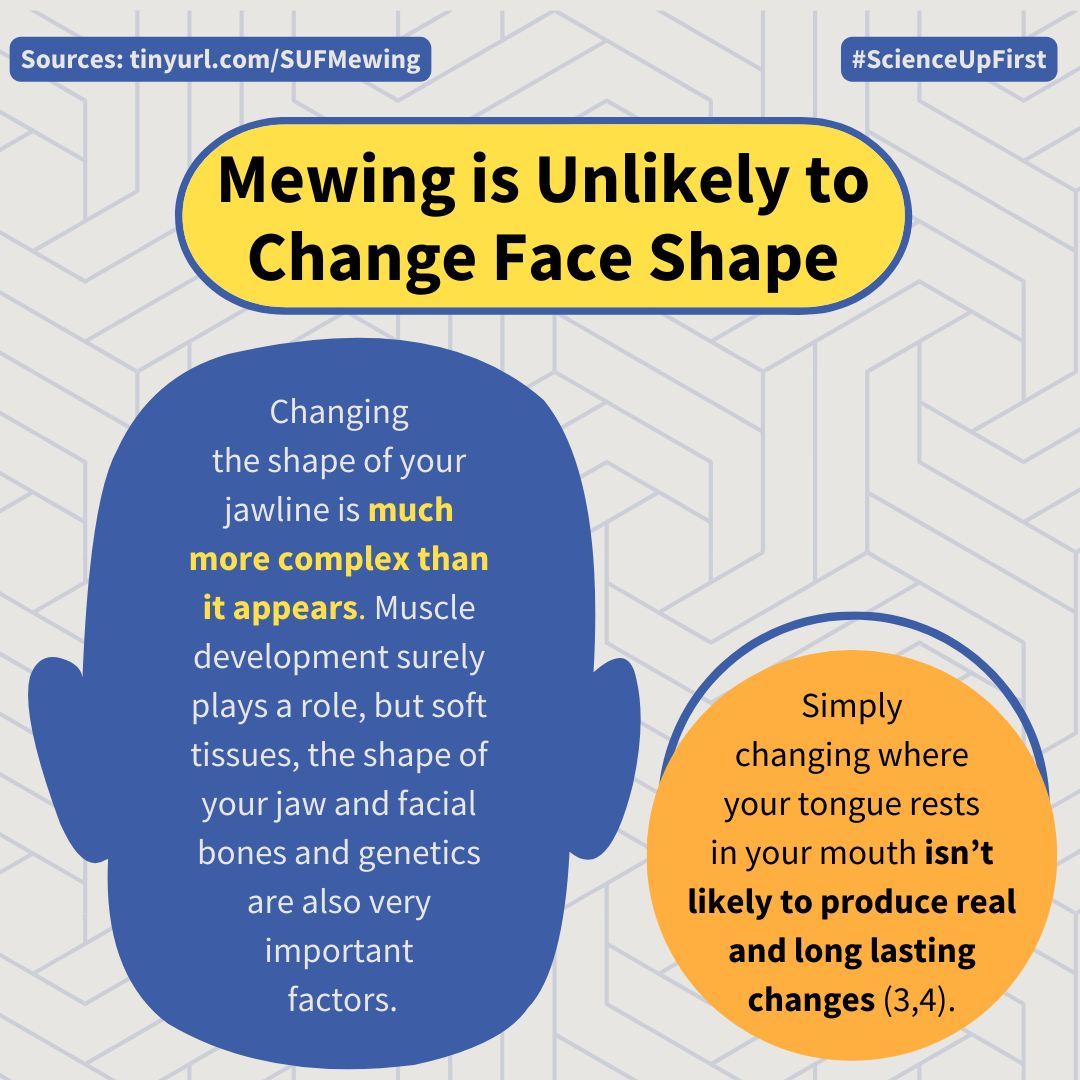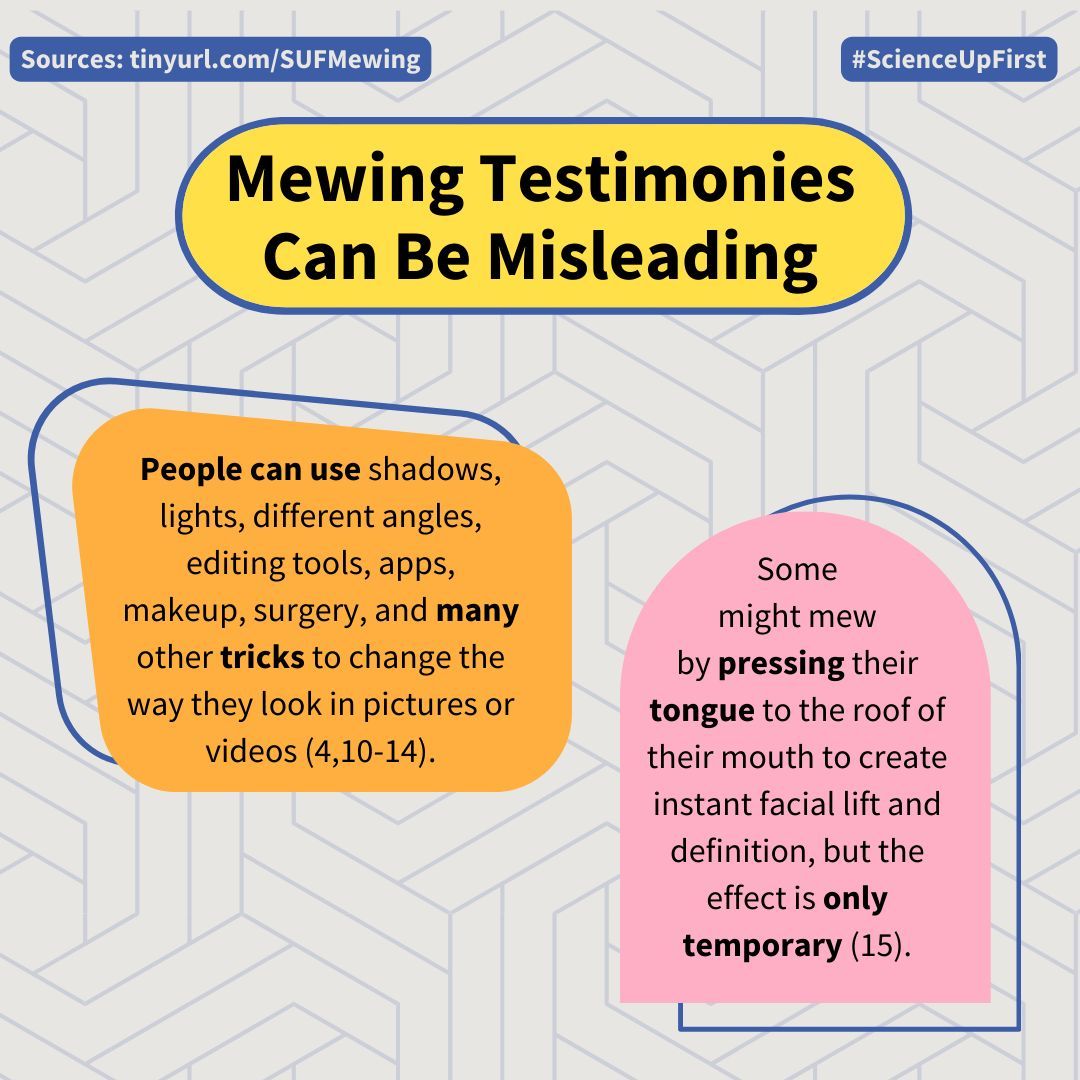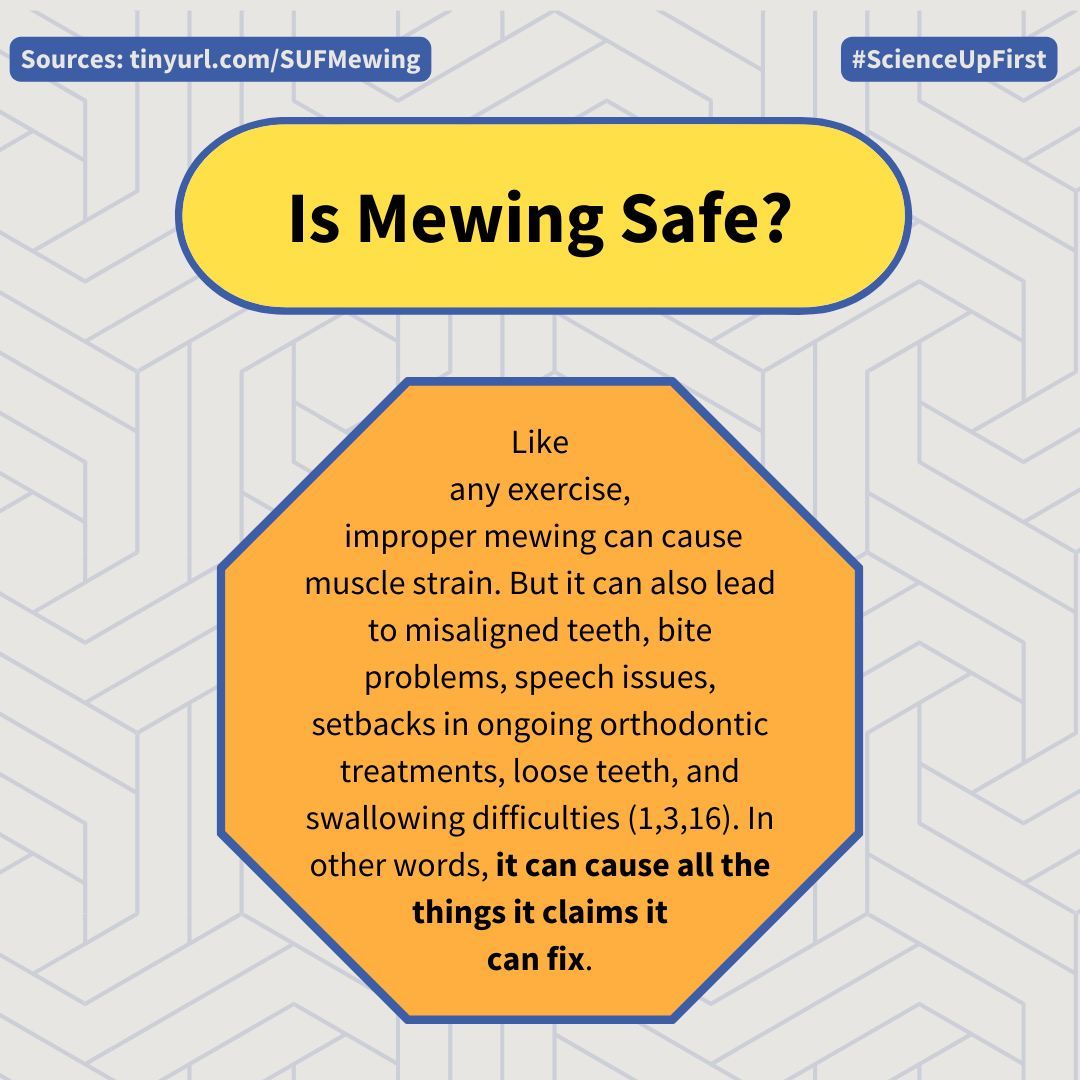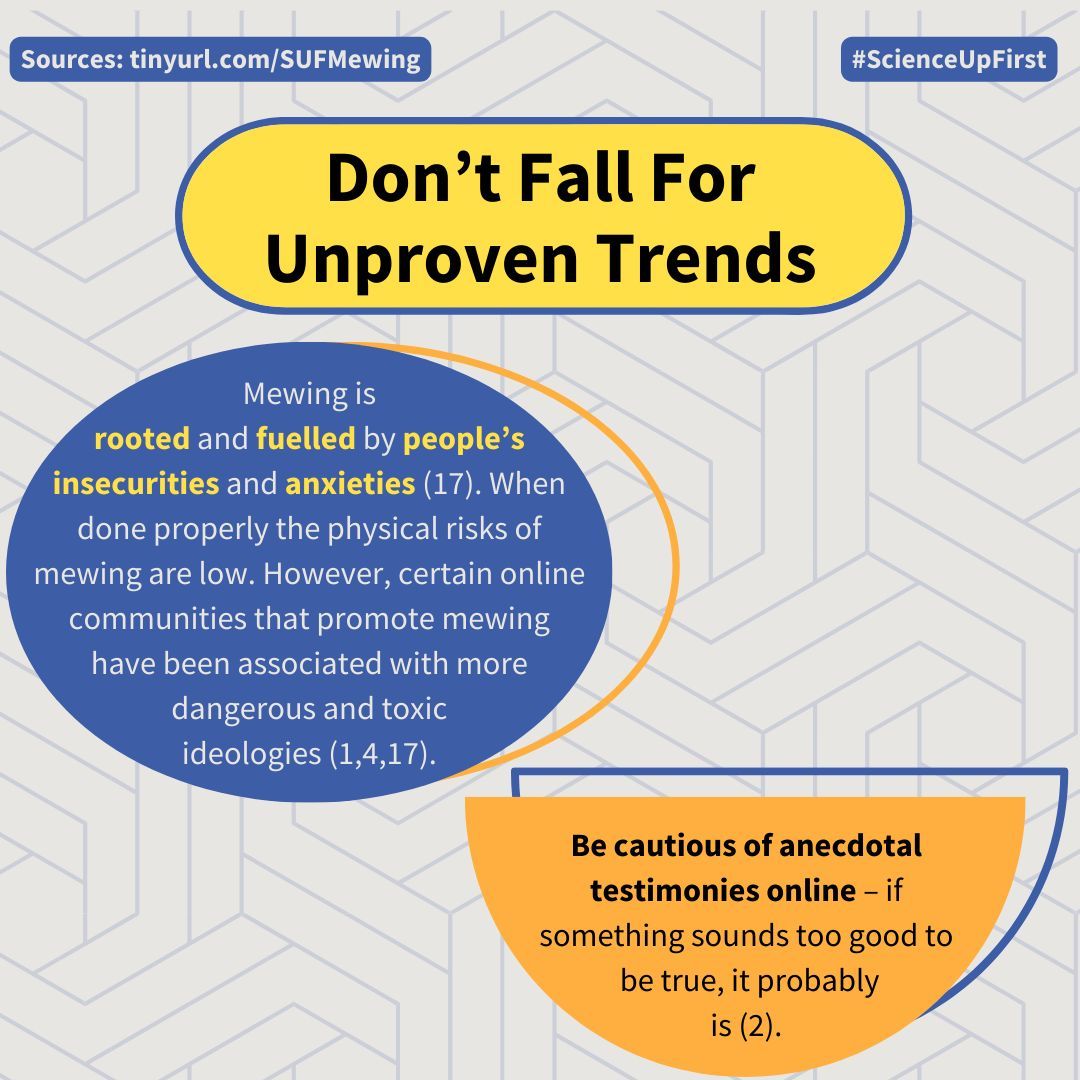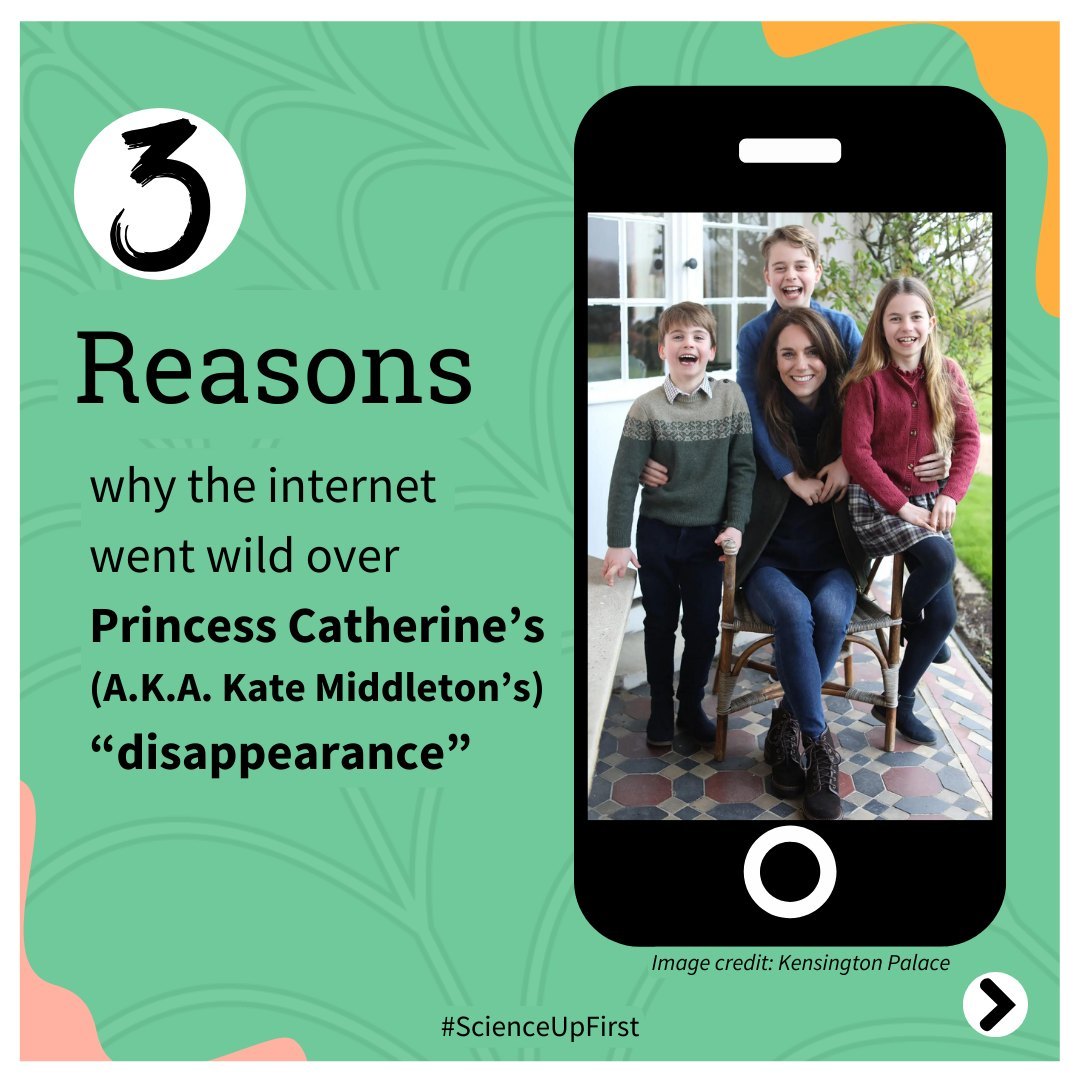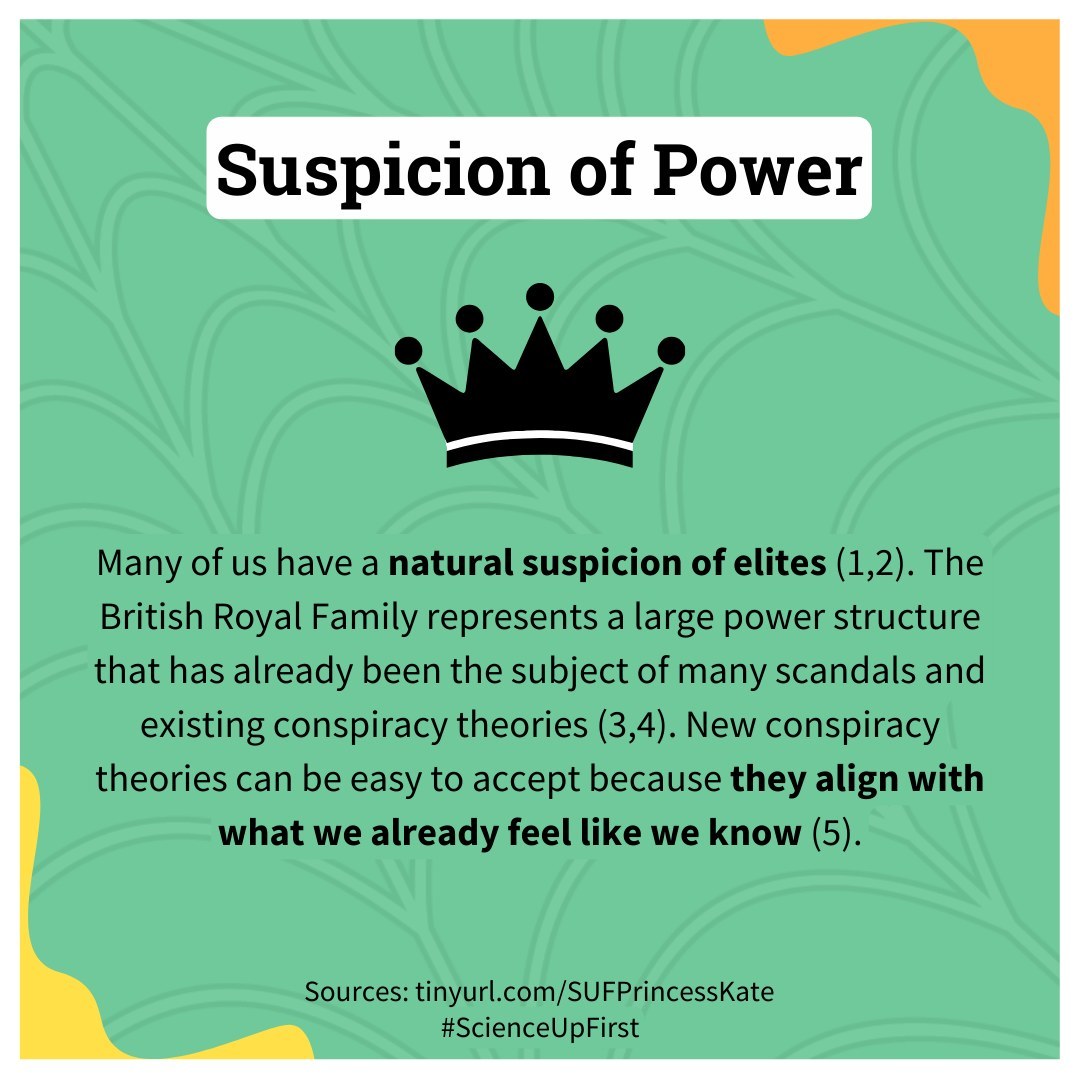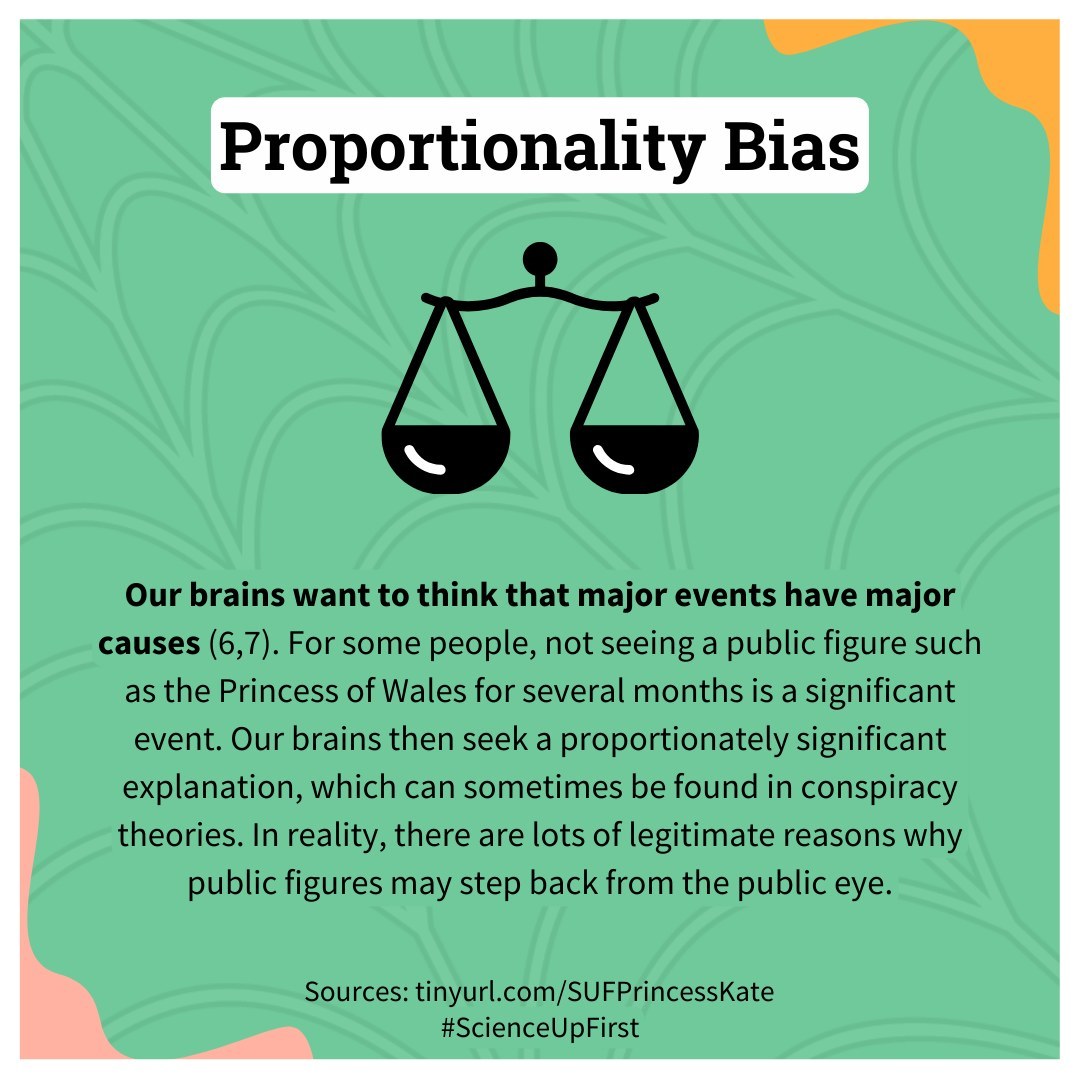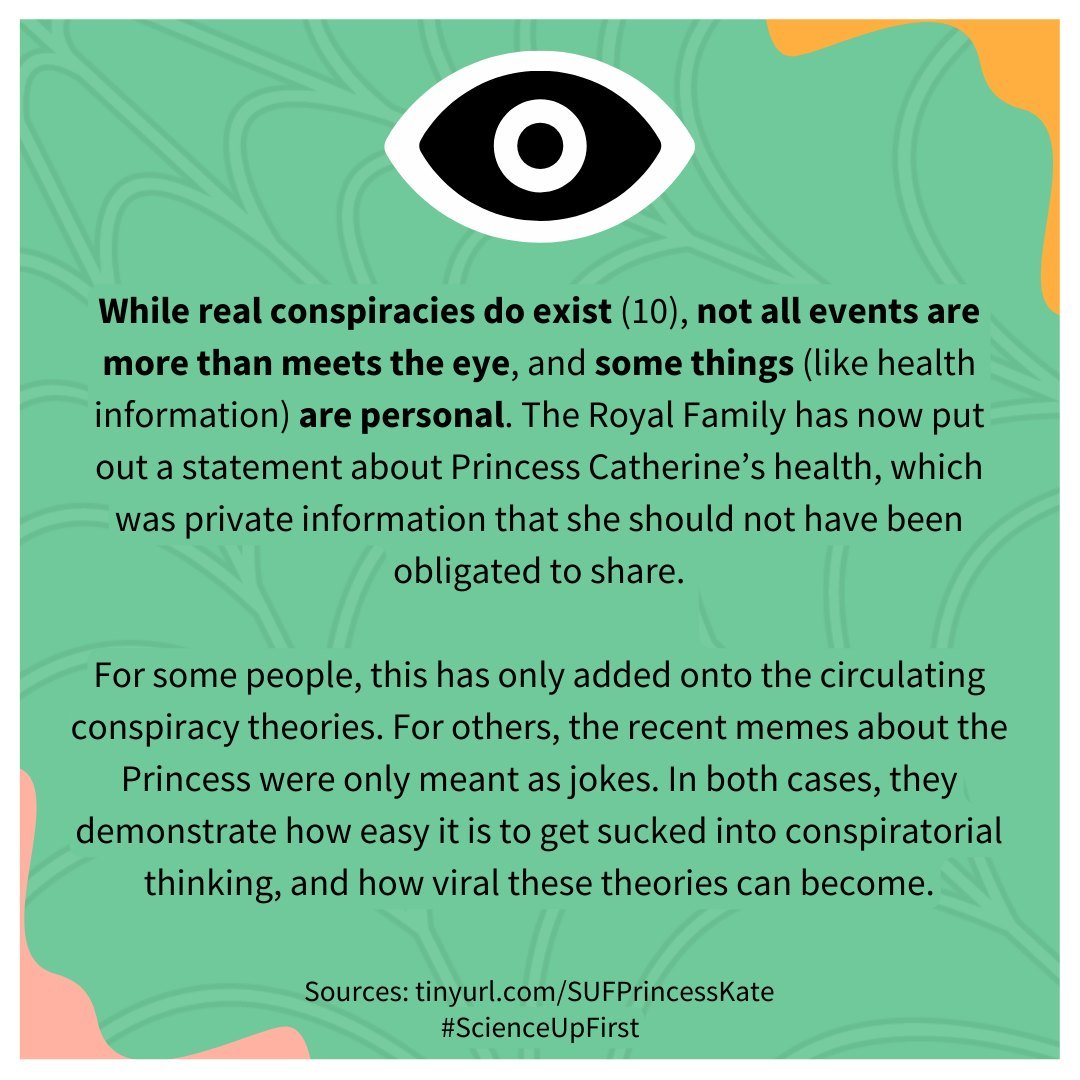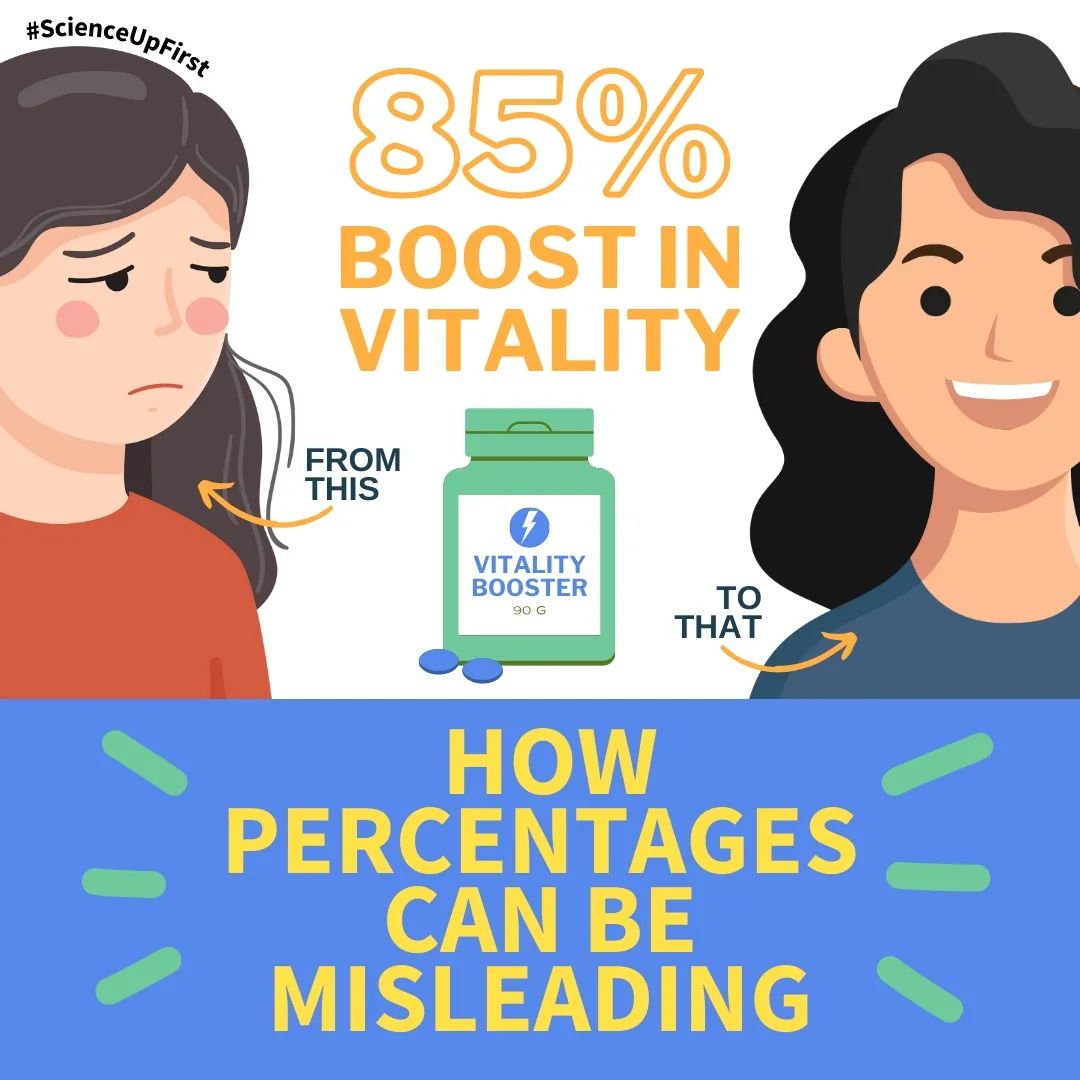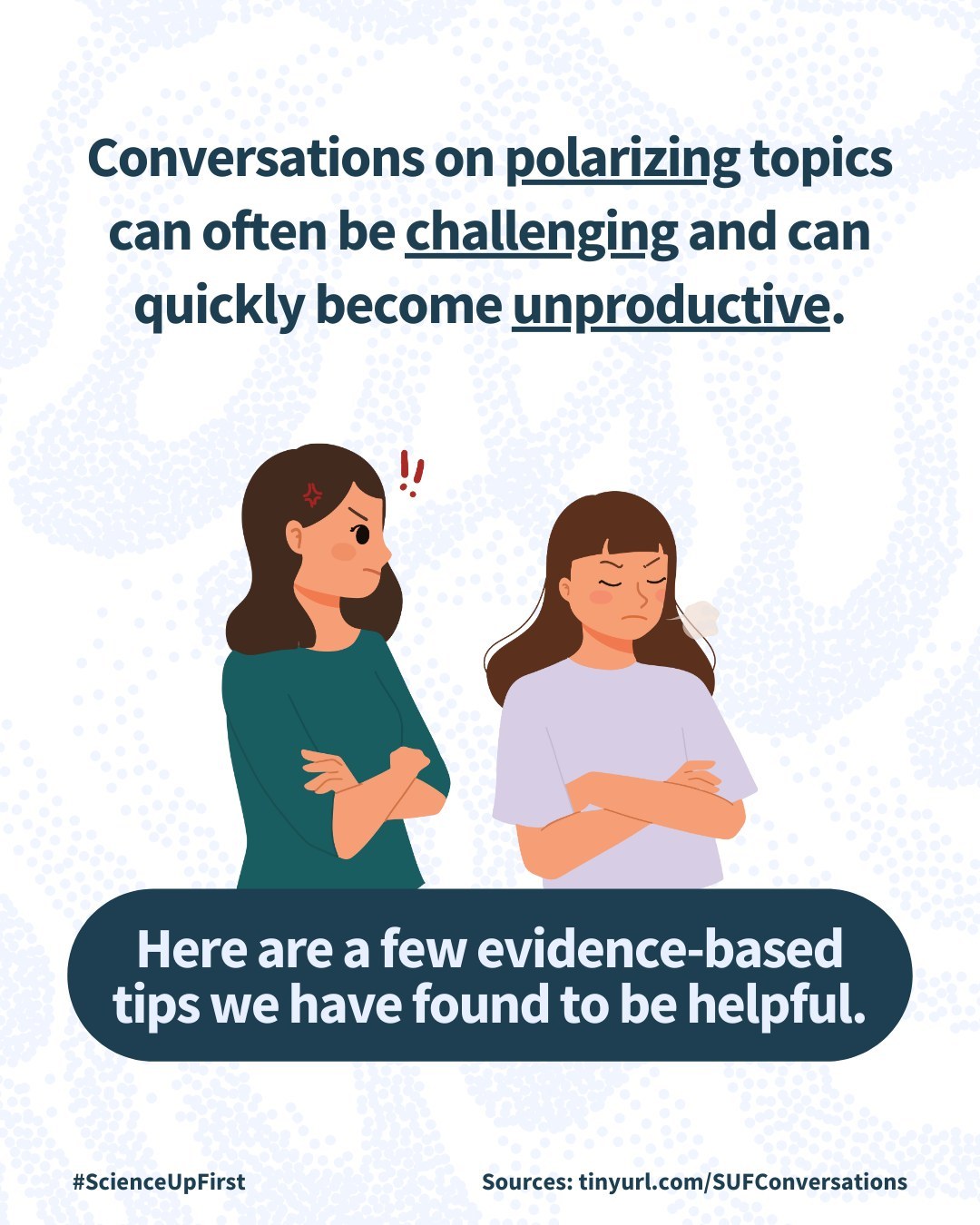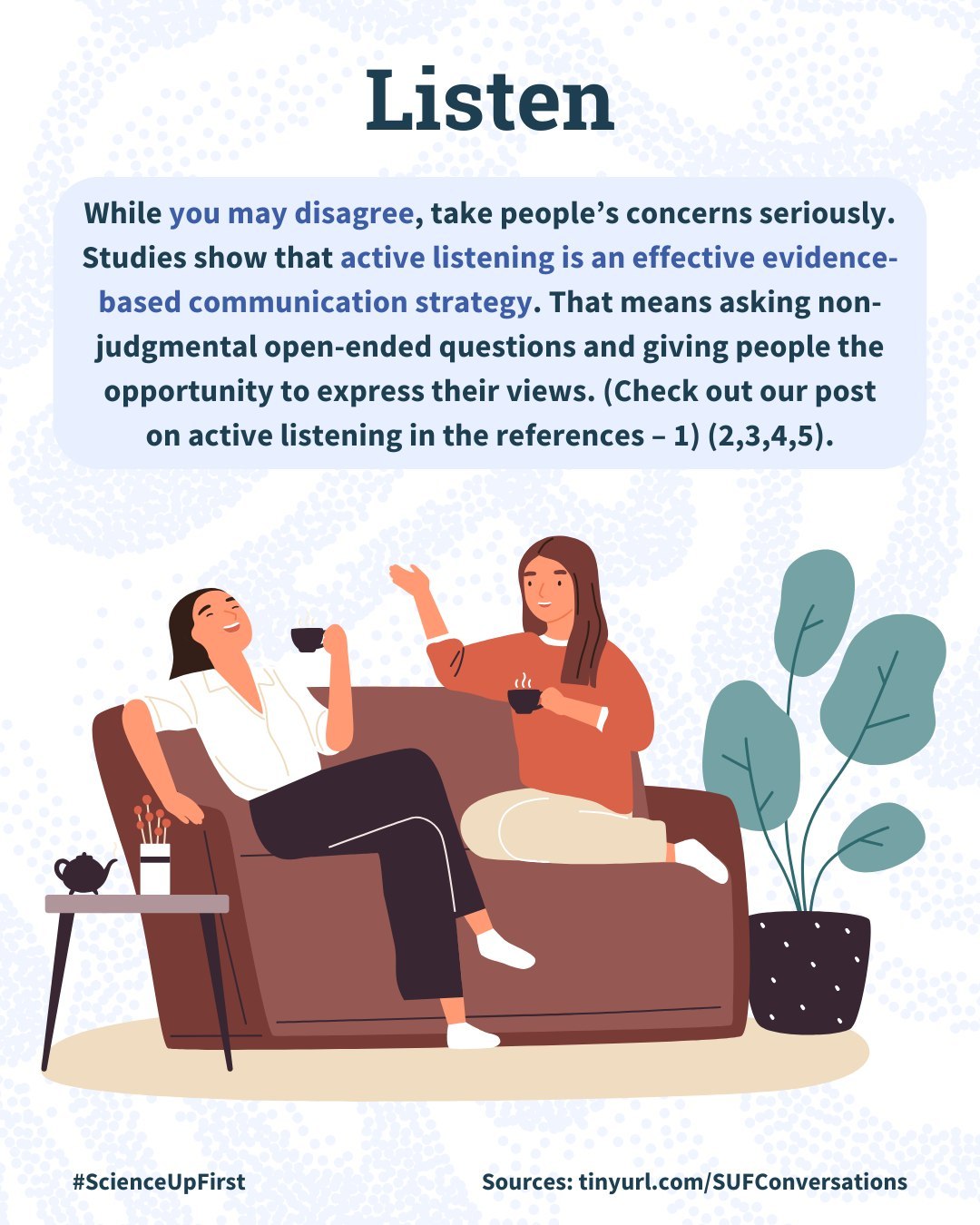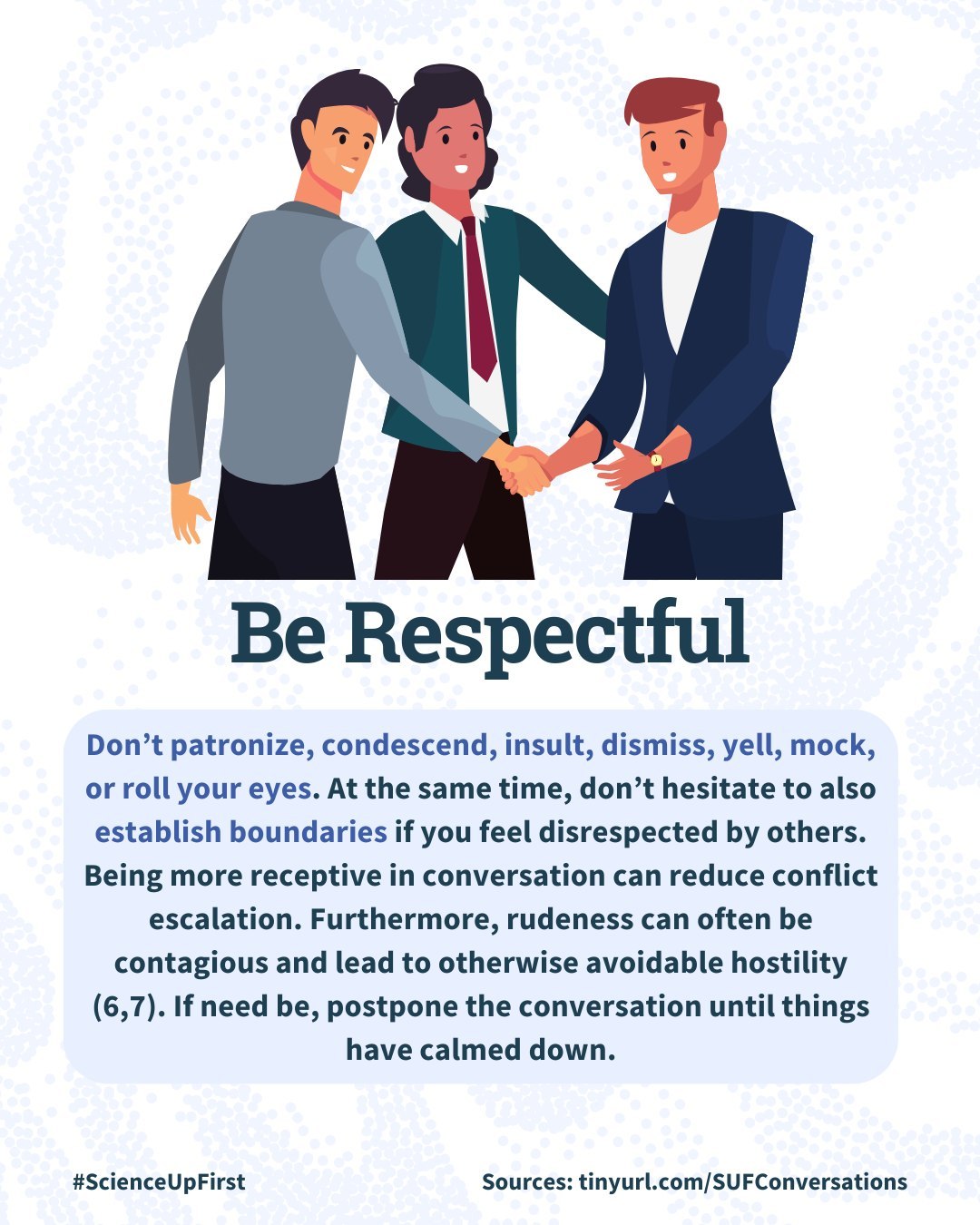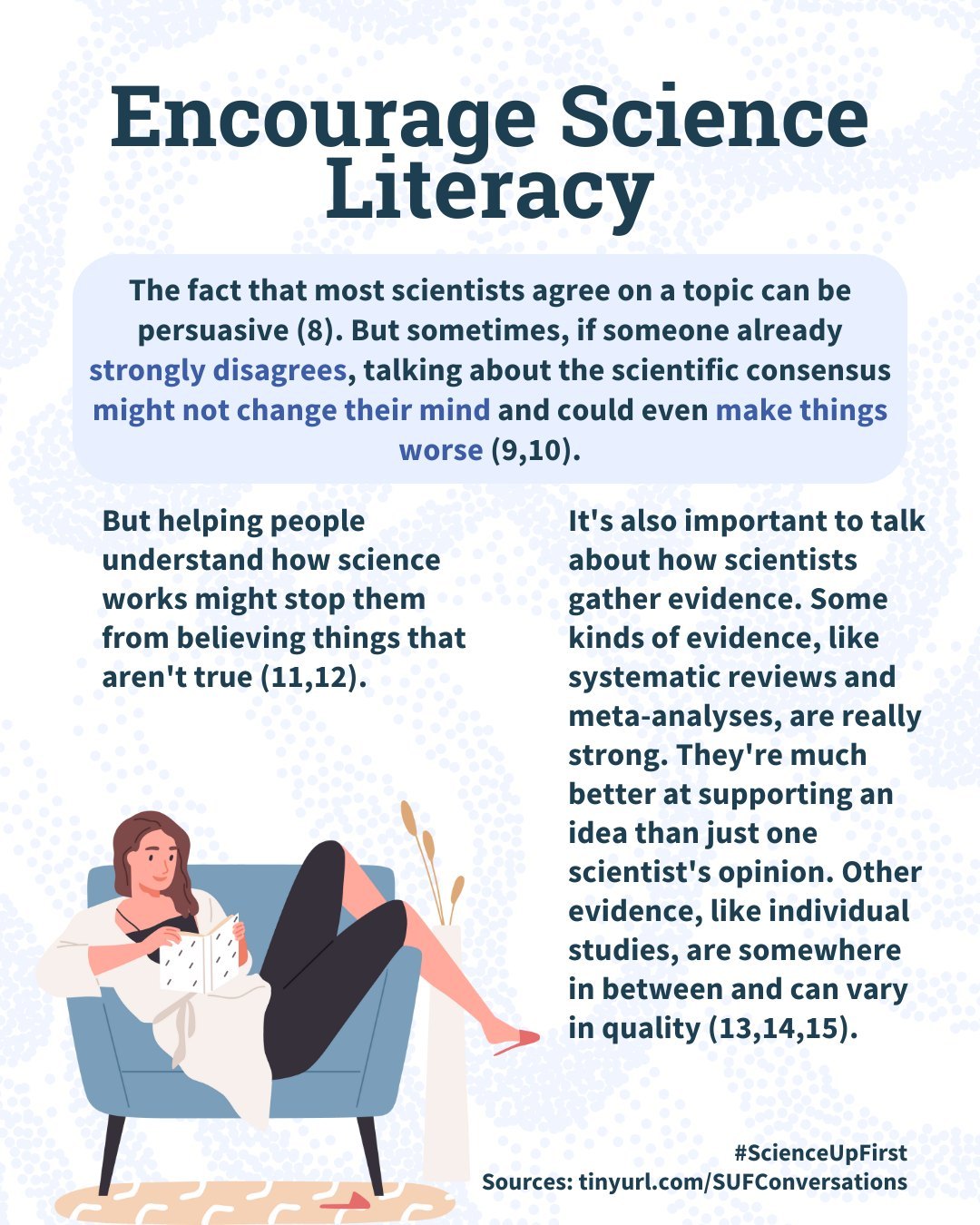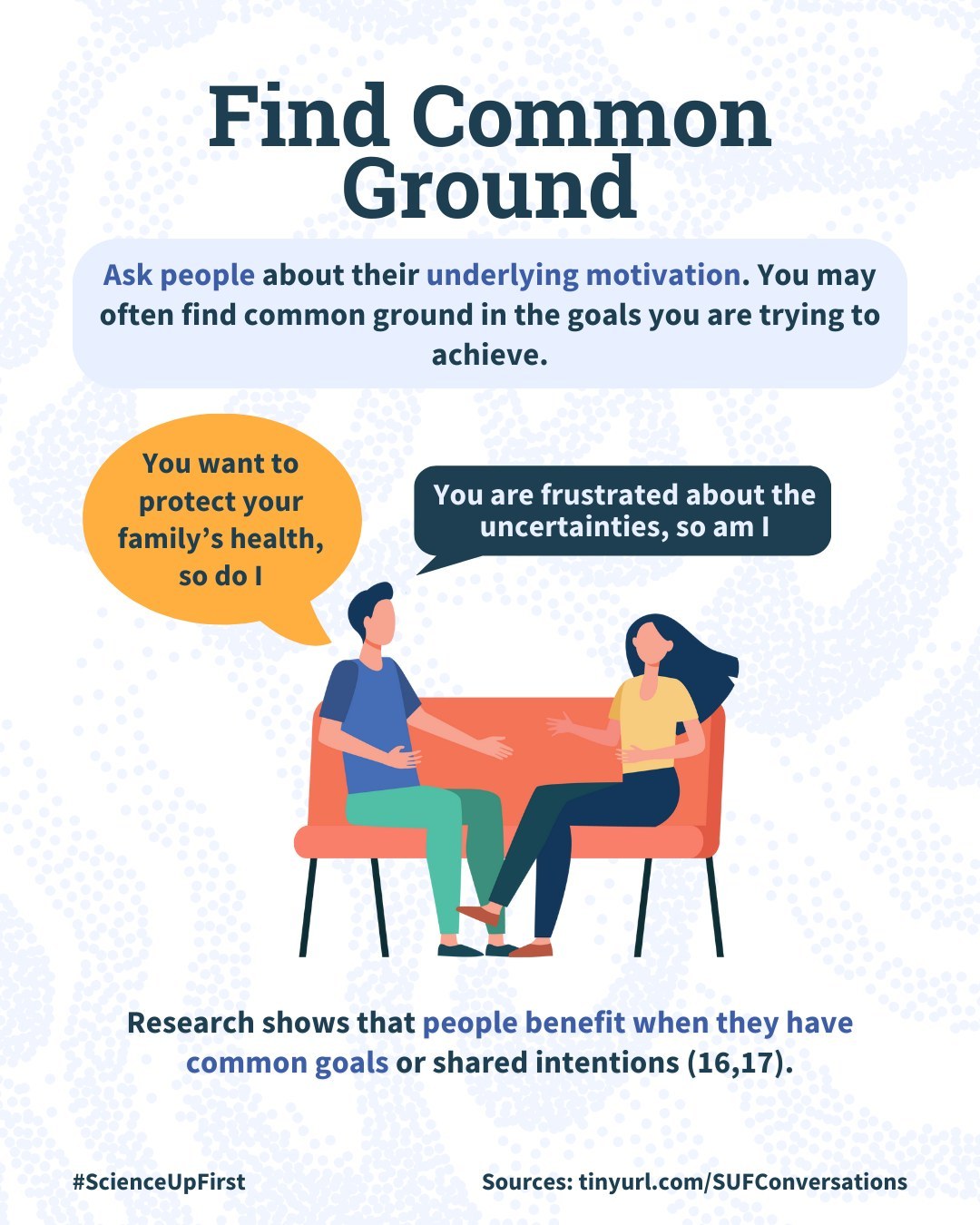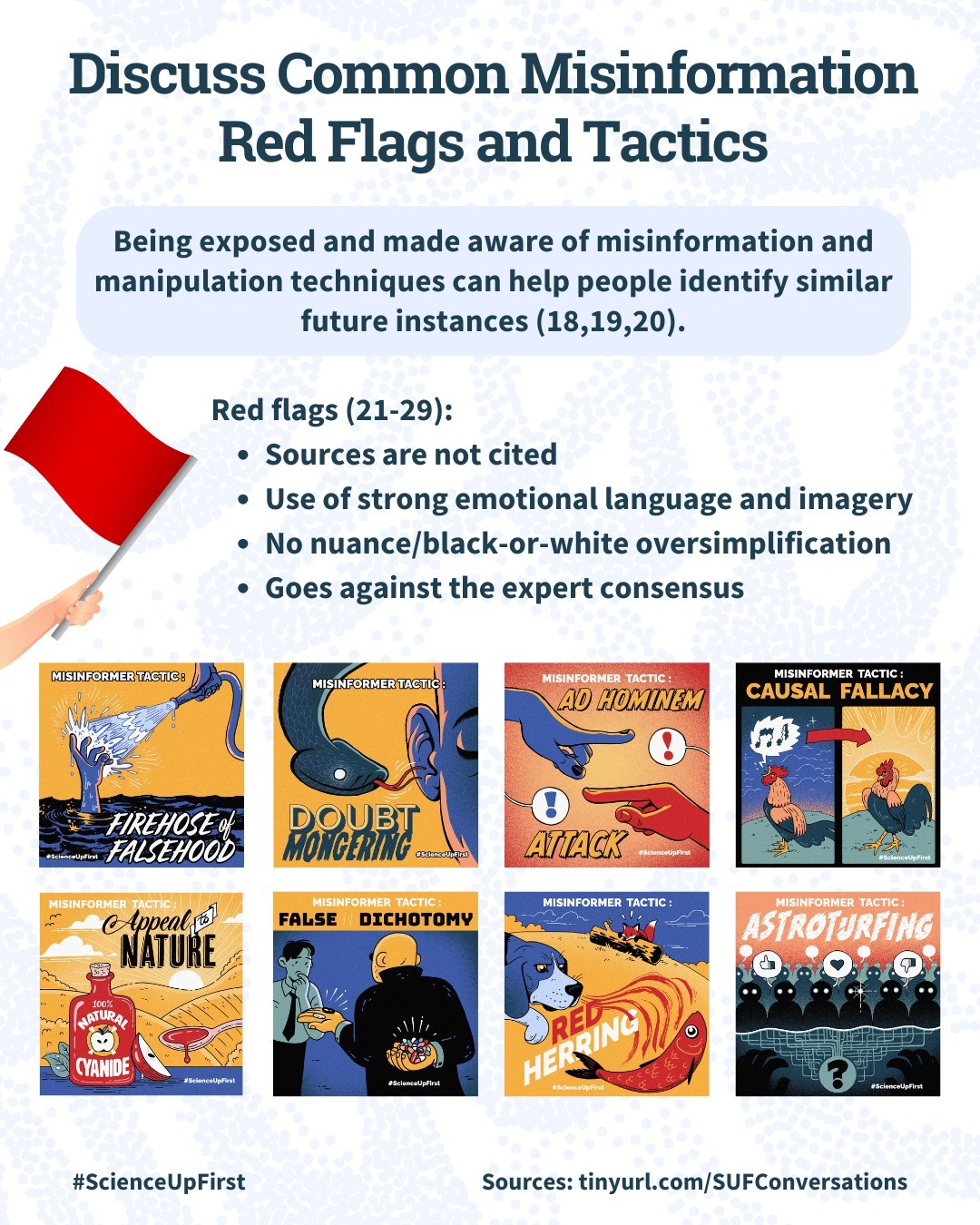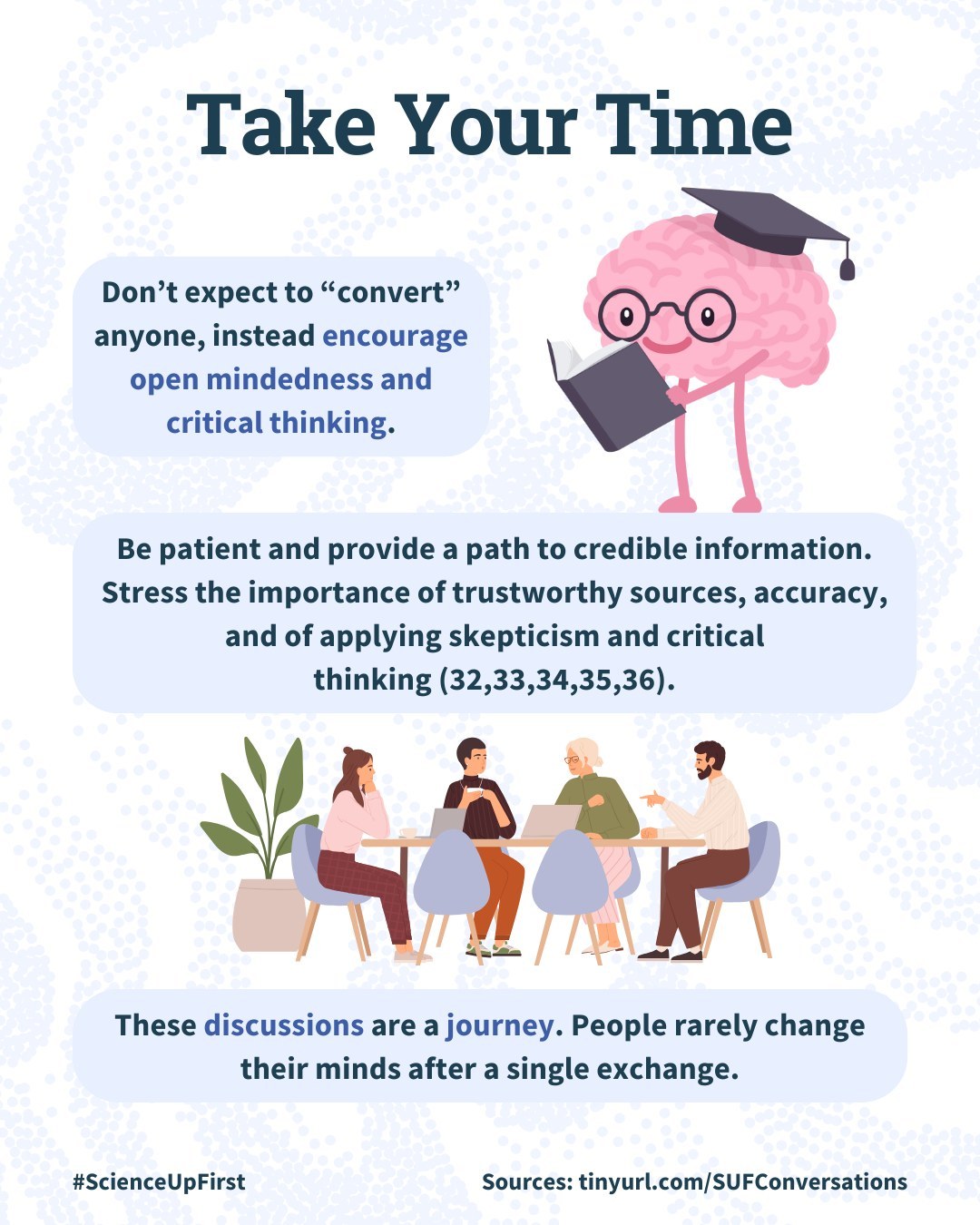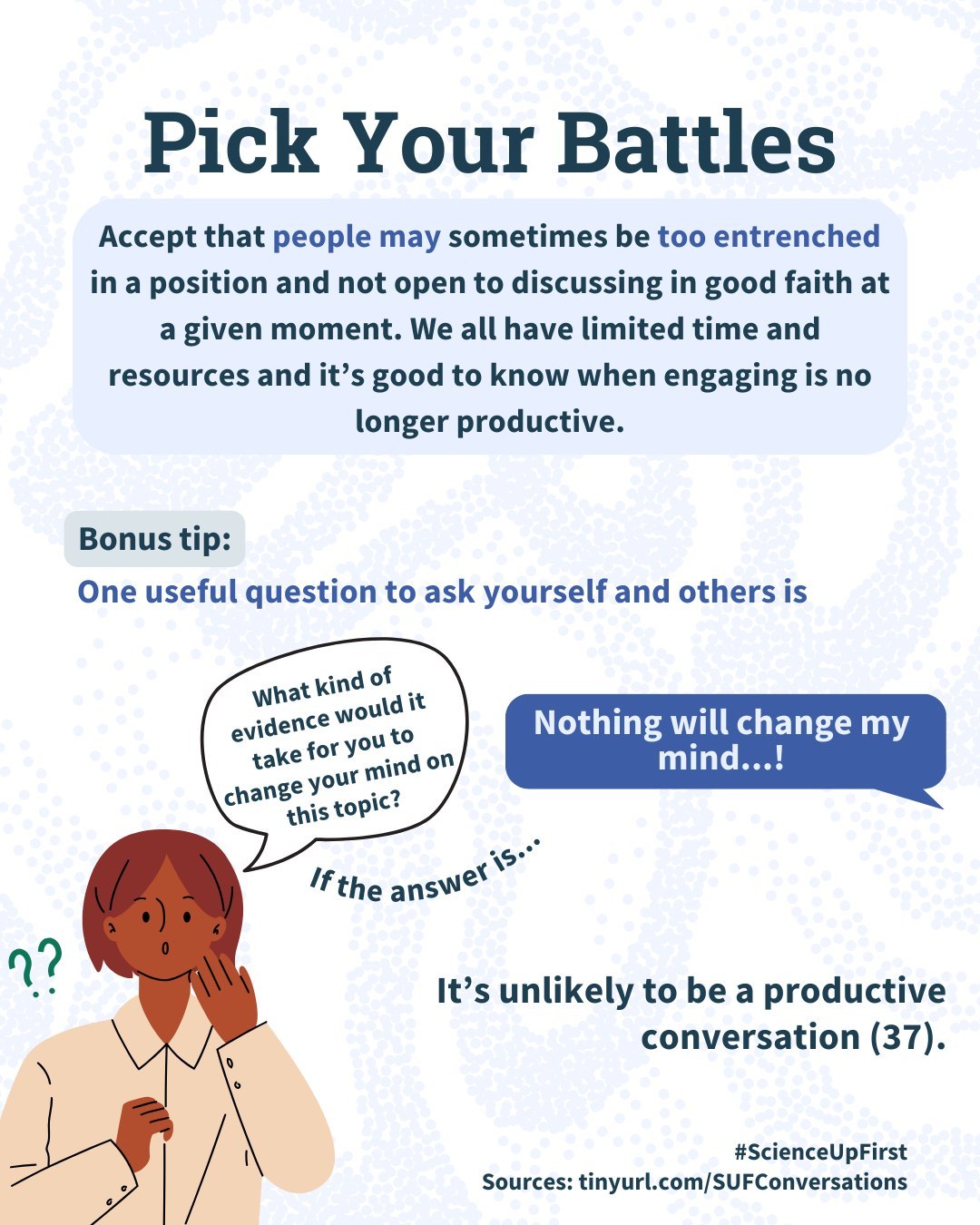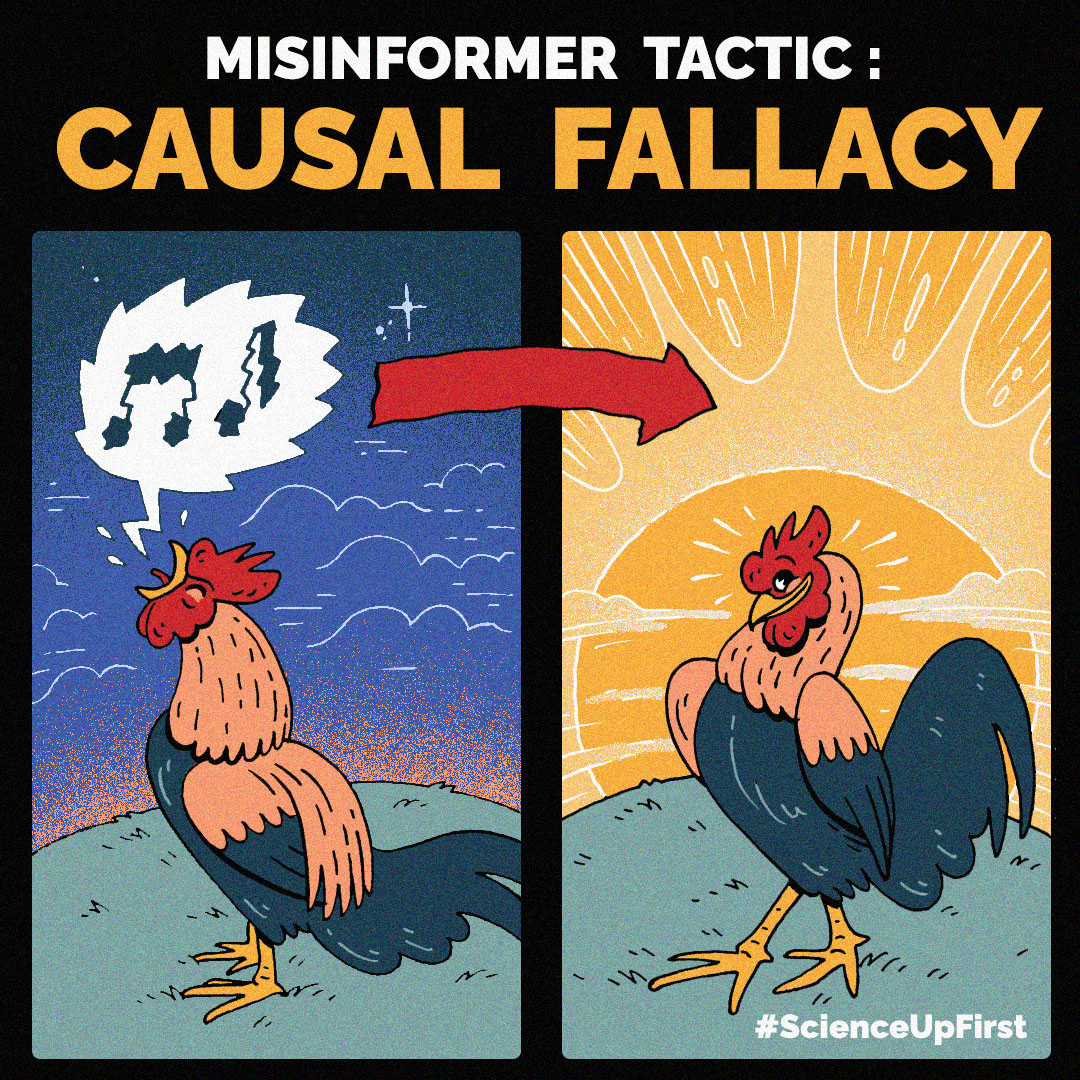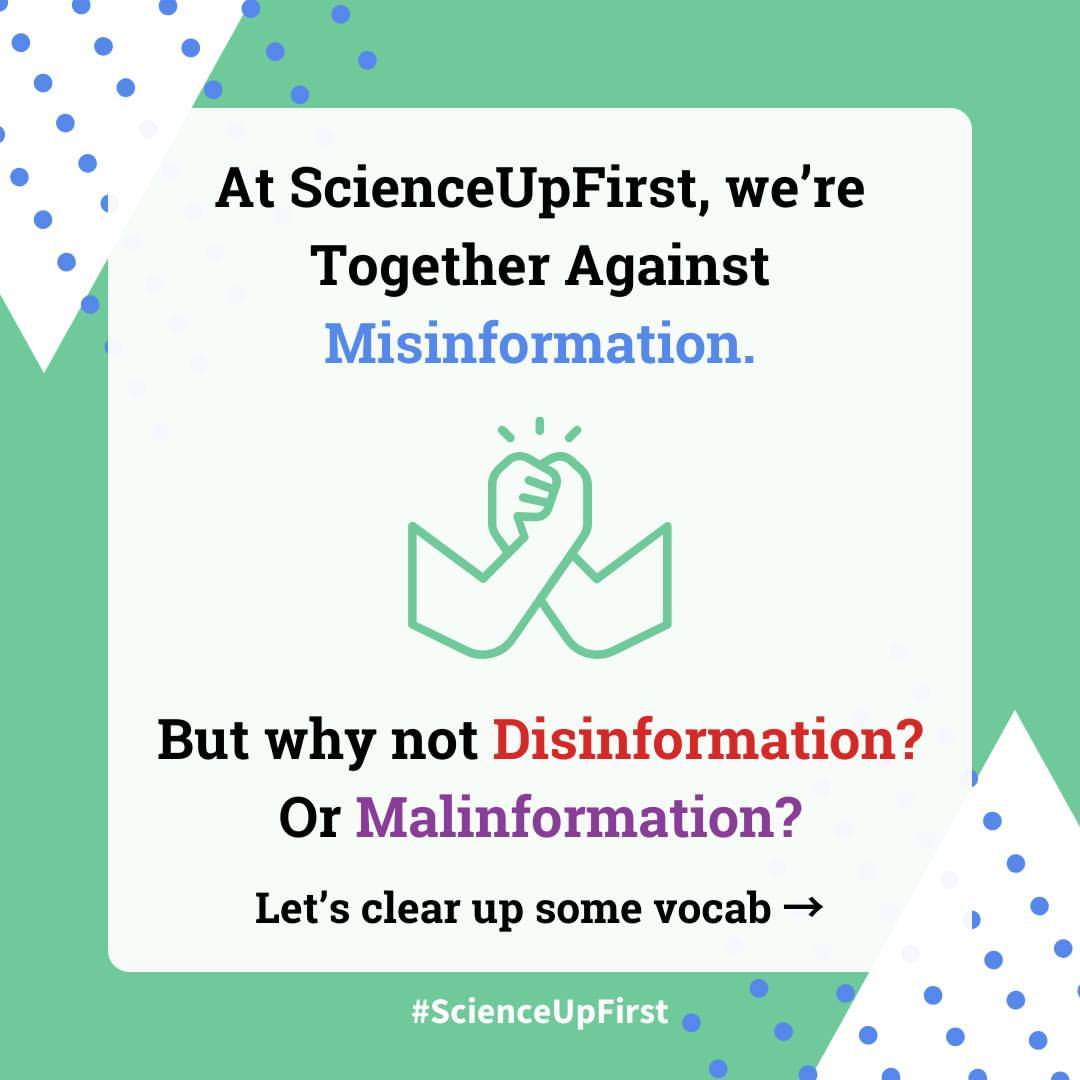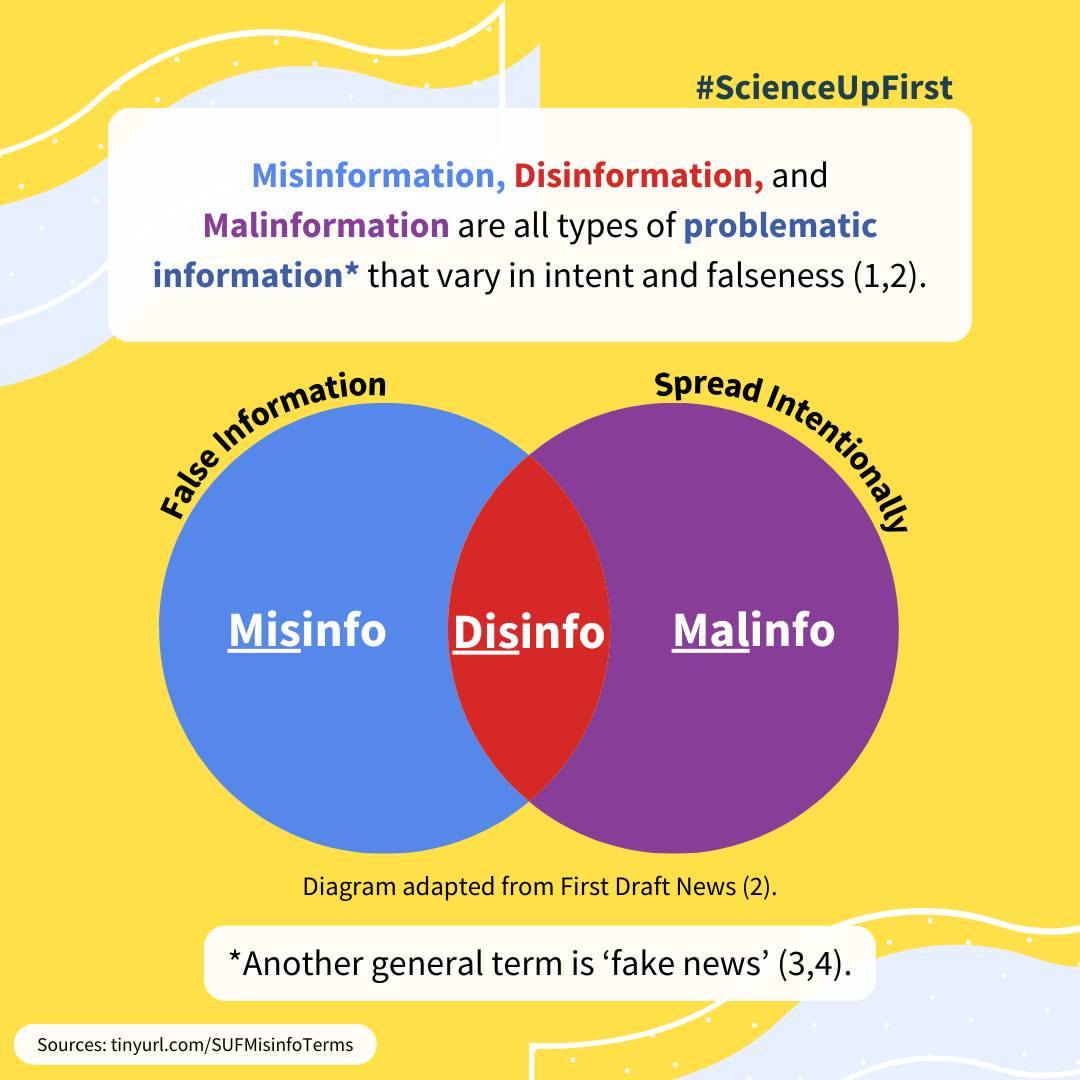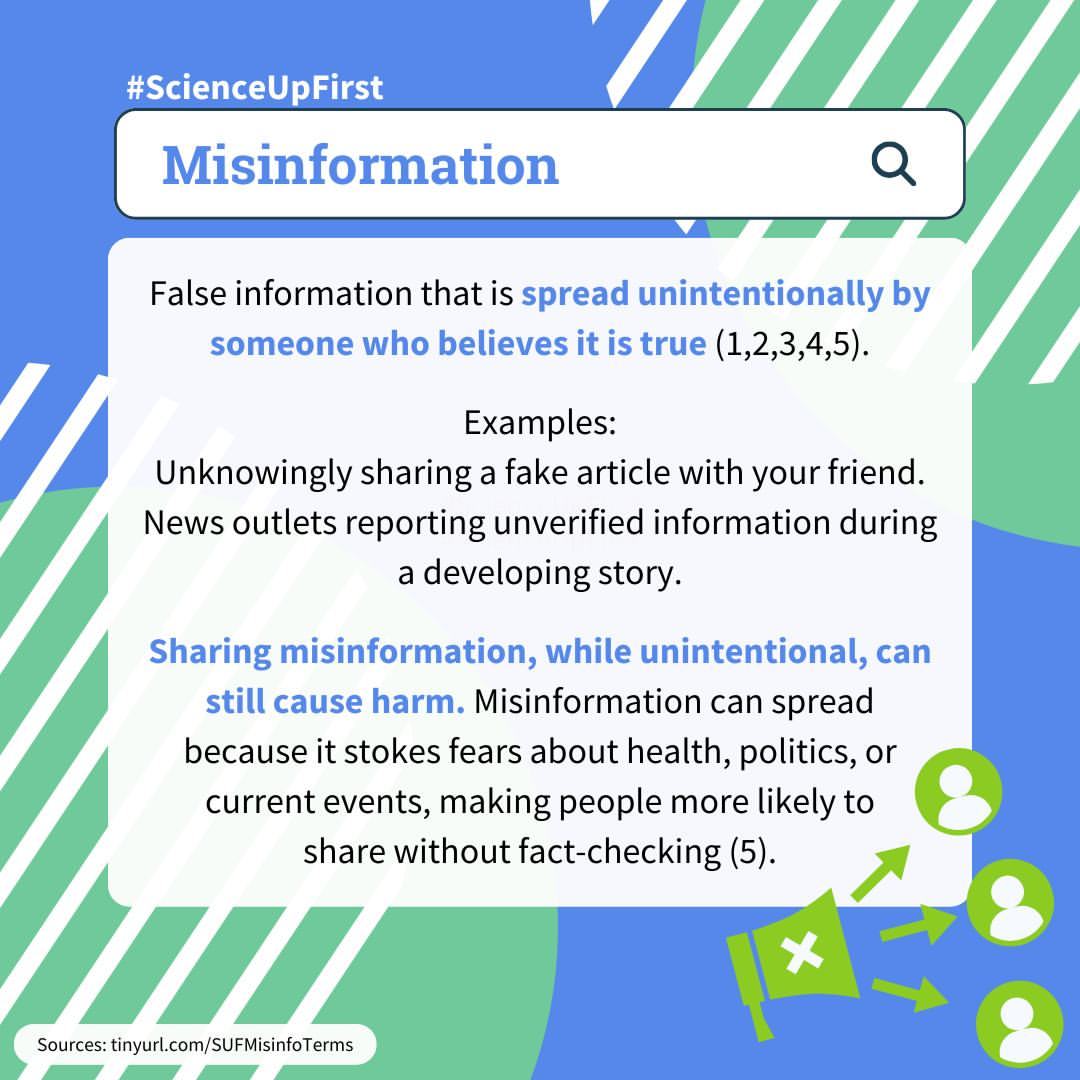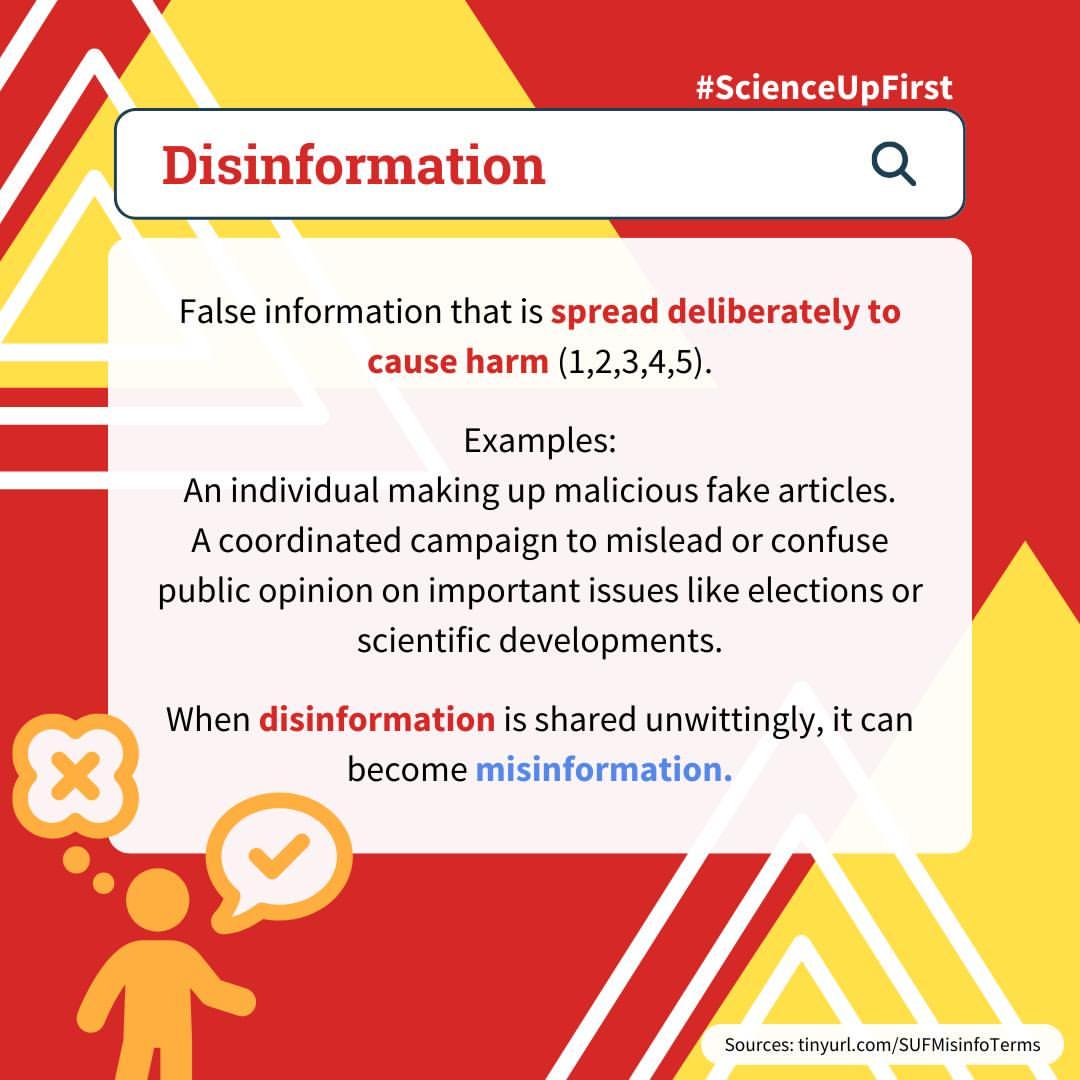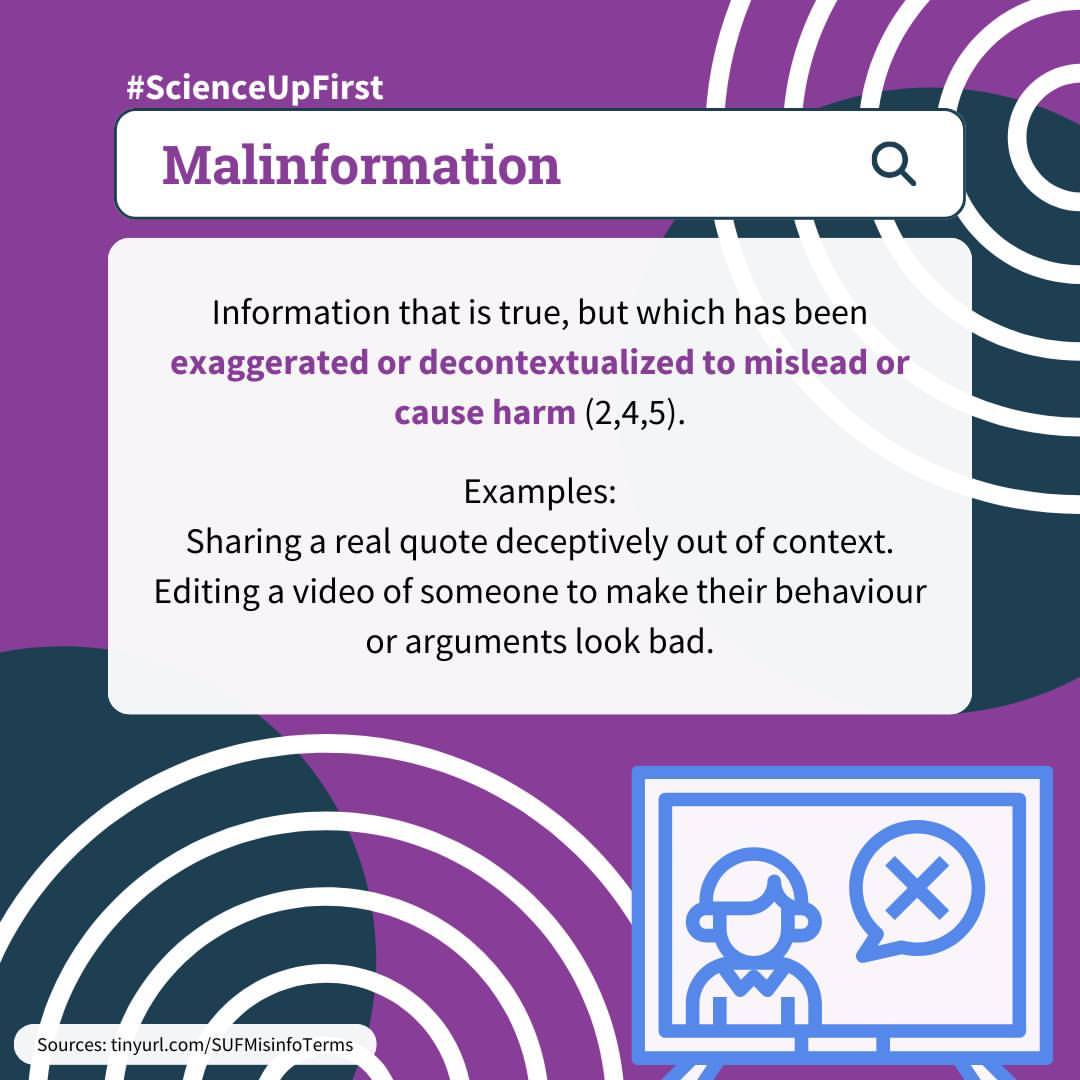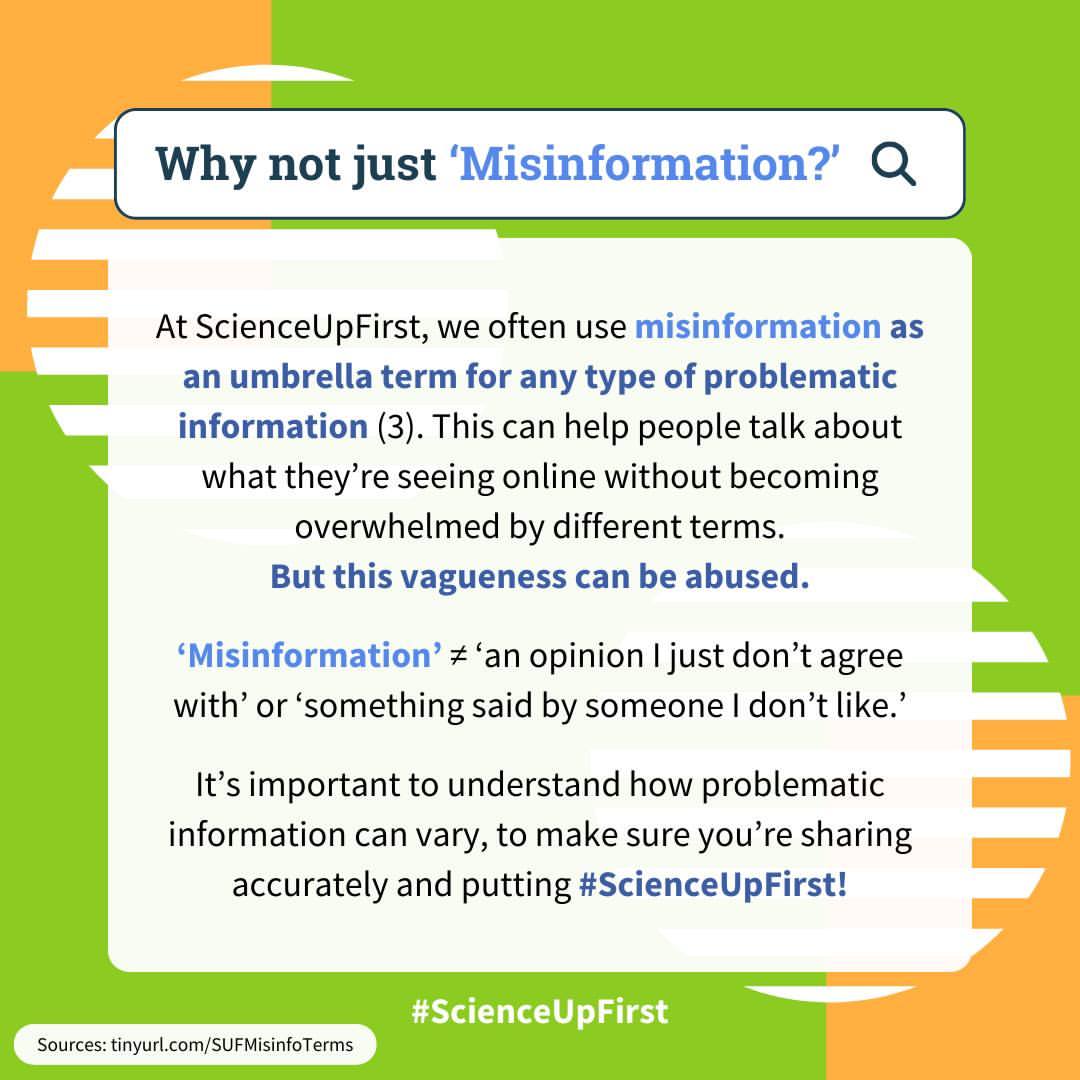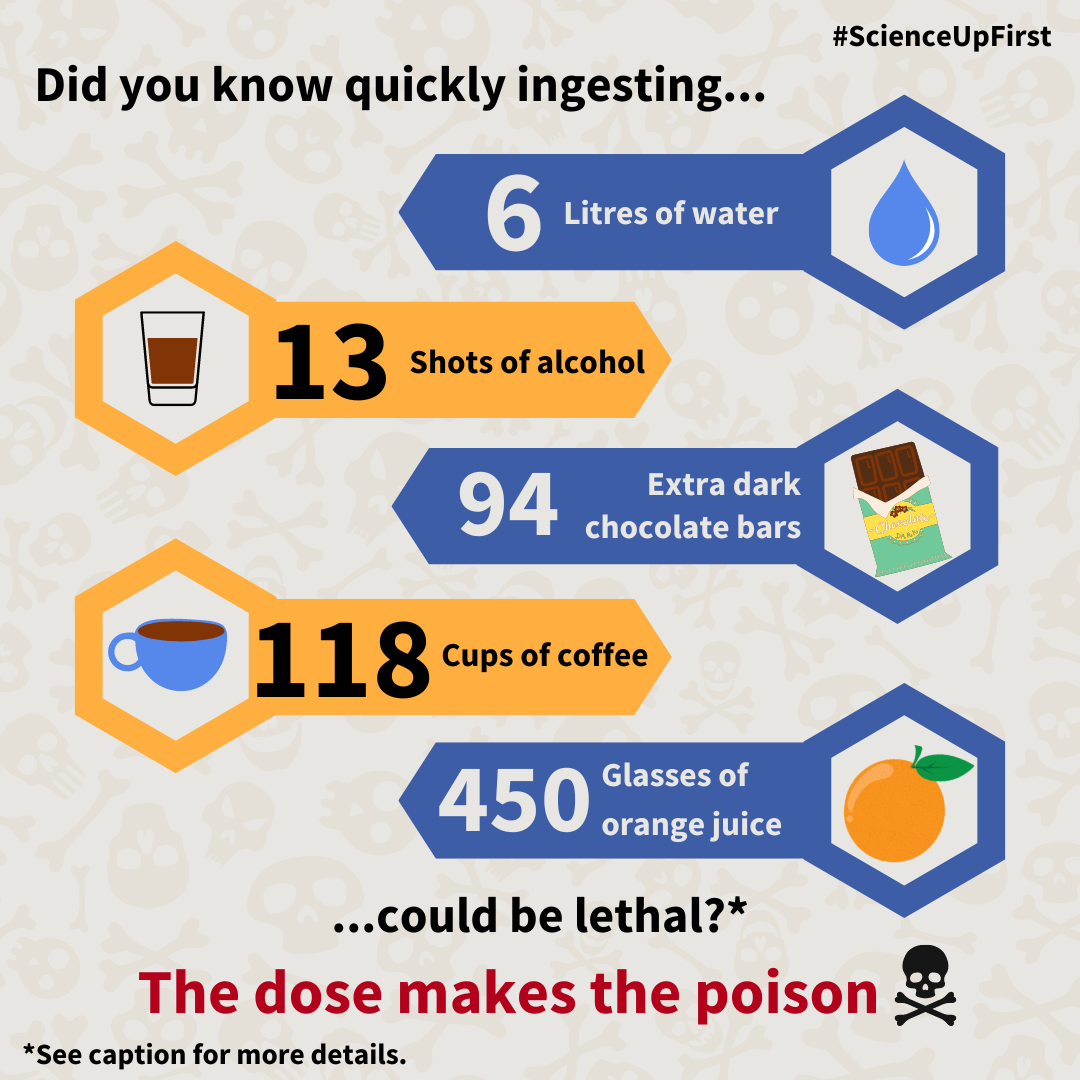
The world isn’t fully black or white – and substances aren’t fully toxic or safe (1). Even water could be lethal if you ingest too much, too quickly. It is the dose that makes the poison – or the medicine – not the chemical itself (1,2,3).
To determine the toxicity of a substance, scientists will measure the effect of different doses on an organism – usually mice or rats. The dose at which half (50%) the test subjects die is used to estimate the human lethal dose 50 or LD50, which is usually expressed in mg of the substance per kg of body weight (mg/kg). The smaller the LD50 is, the more toxic the chemical is. In most cases, harmful effects will appear before the LD50 is reached. Plus, the LD50 can vary depending on how long the exposure to the chemical is or if it’s taken by mouth, applied to the skin, or injected into the blood (1,2,4,5,6).
But a substance can also be beneficial when administered in the correct dose. For example, acetaminophen, a common medicine used to reduce pain and fever, has a therapeutic effect when used at a dosage of 325 to 1,000 mg per dose, for a maximum of 4,000 mg per day. However, consuming more than the recommended dose can lead to liver damage or even death. This shows how the same substance can be a life-saving medication within a specific dosage range but a harmful poison outside of it (7,8,9,10).
Similarly, it is not because something is classified as carcinogenic that being exposed to it will automatically cause cancer (11). The dose, how you are exposed to it, and for how long are all key (4).
Want to learn more about how doses affect toxicity and safety? Engage with us and let’s explore together!
Sources: https://tinyurl.com/SUFDoseMakePoison
*Numbers presented in the figure are calculated based on LD50 for an average adult of 75 kg, 45 ml shooter with 40% alcohol, 240 ml cup of coffee, glass of 8 oz (1 cup) of orange juice, and 100g extra dark chocolate bars (70-85% cacao) (1,2,12,13).
Share our original Tweet!
View our original Instagram Post!

